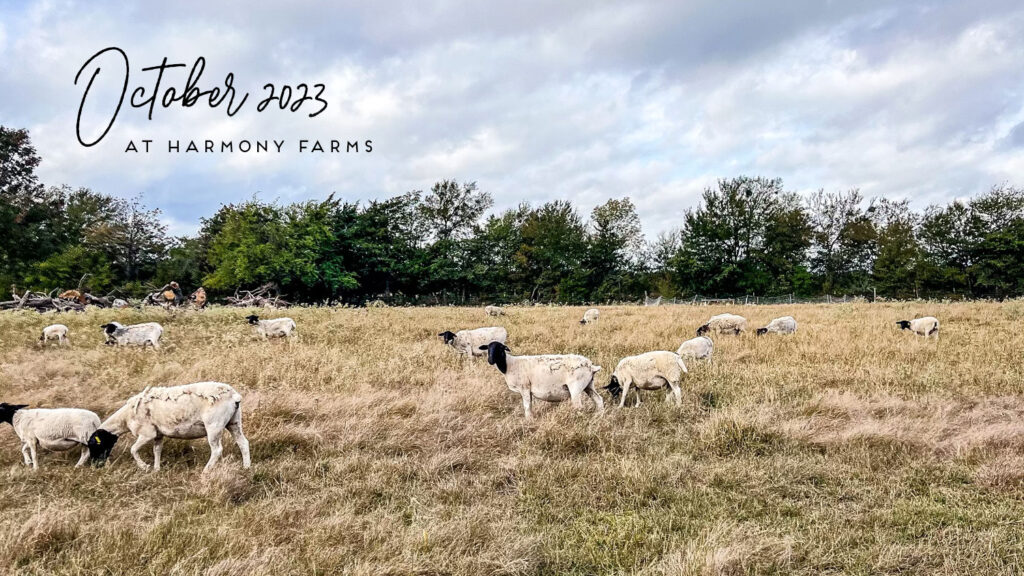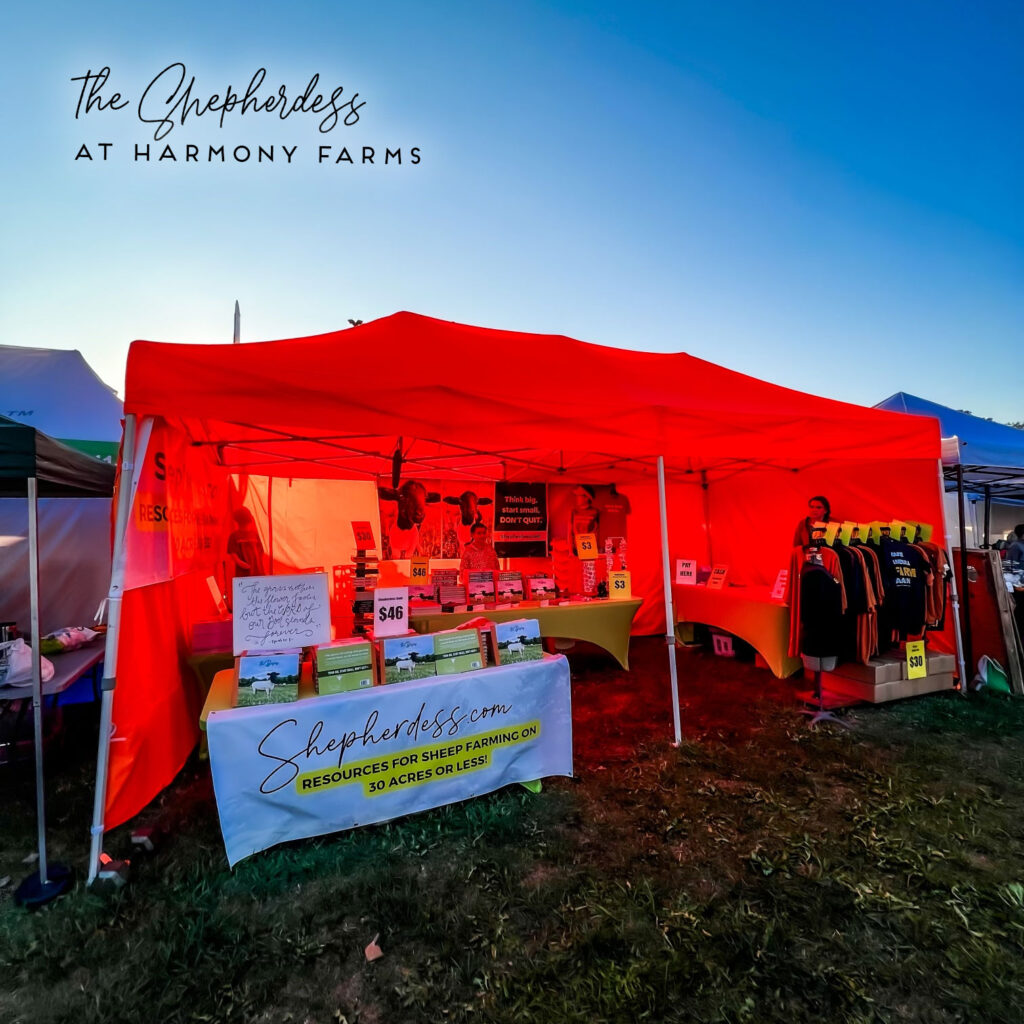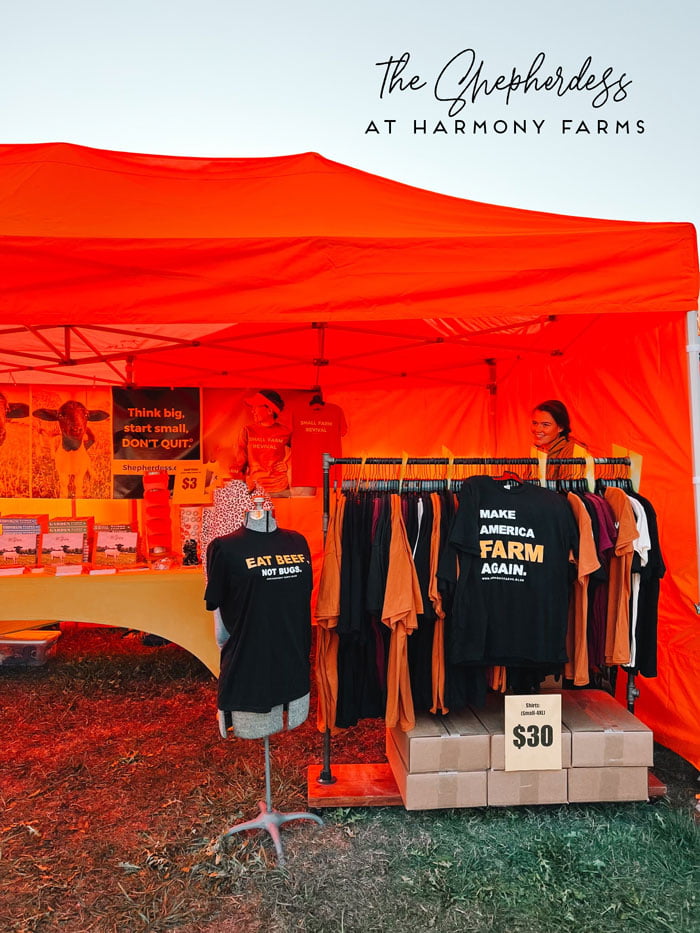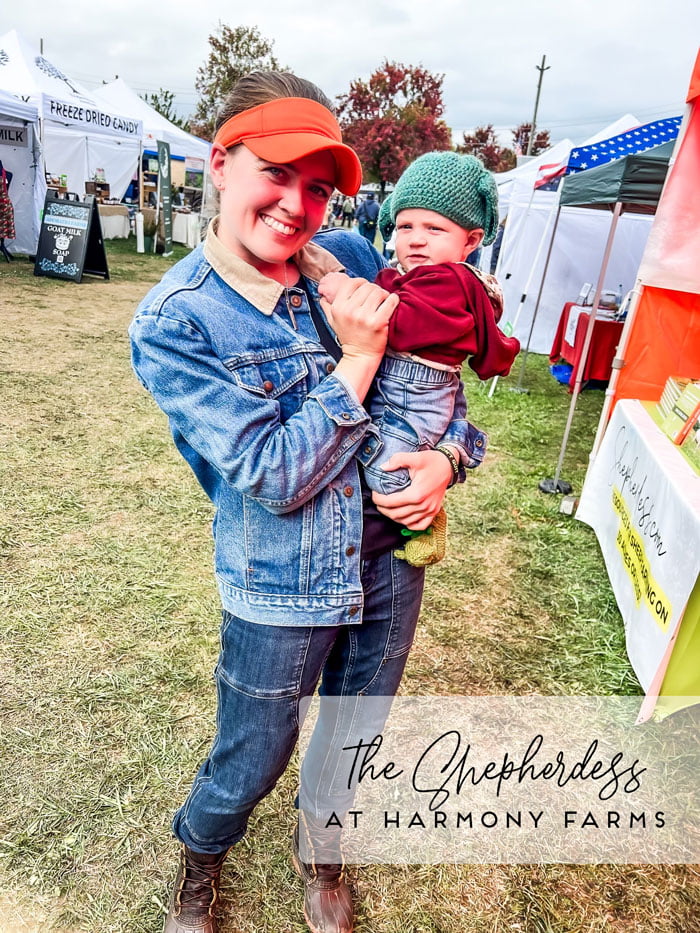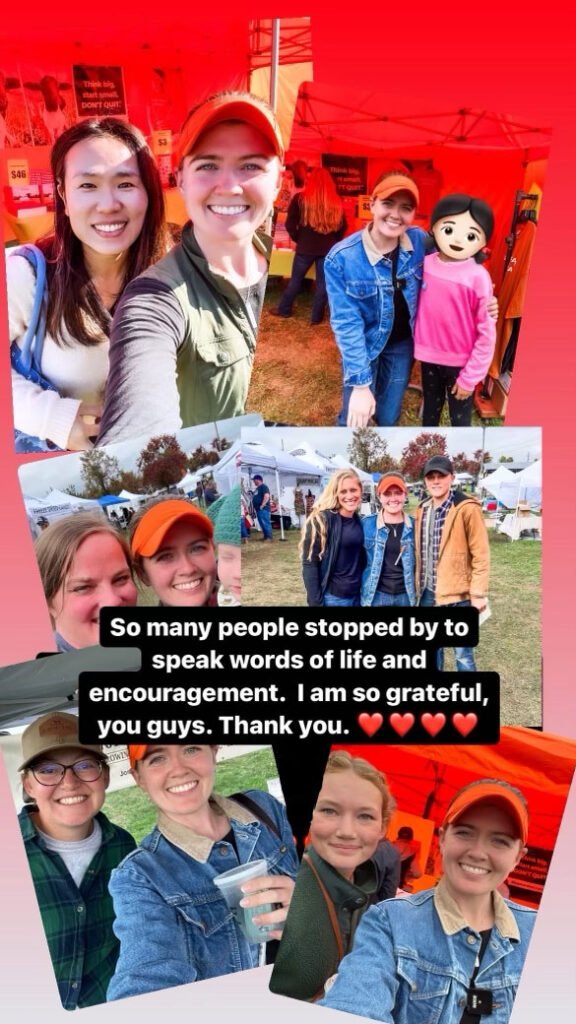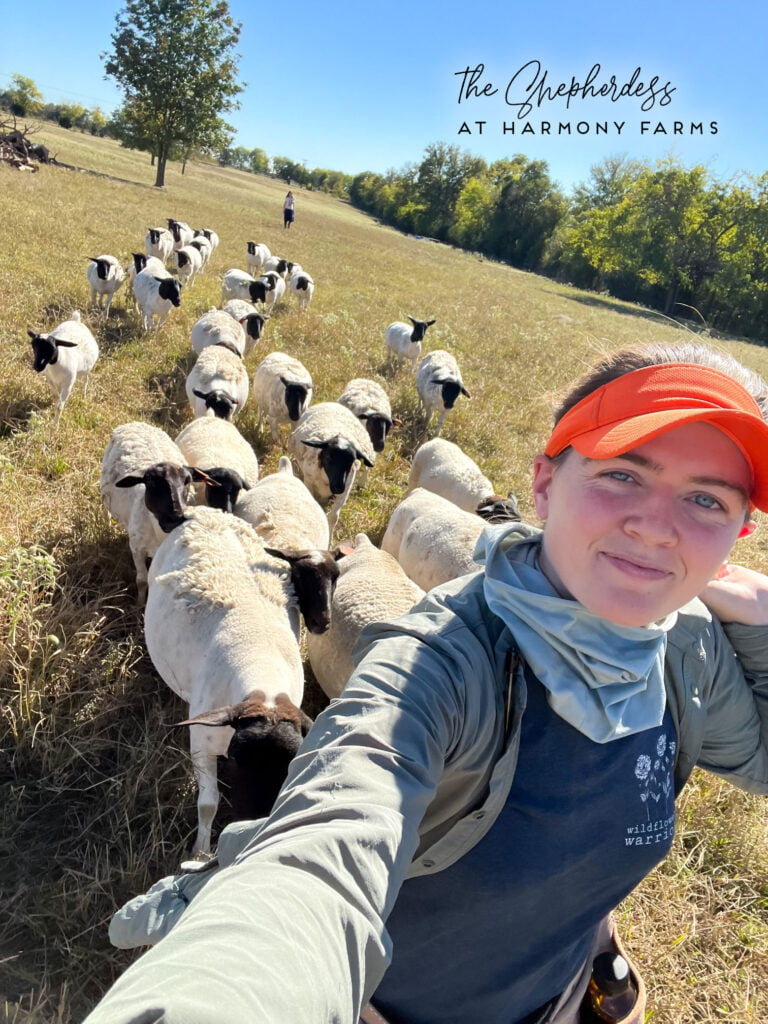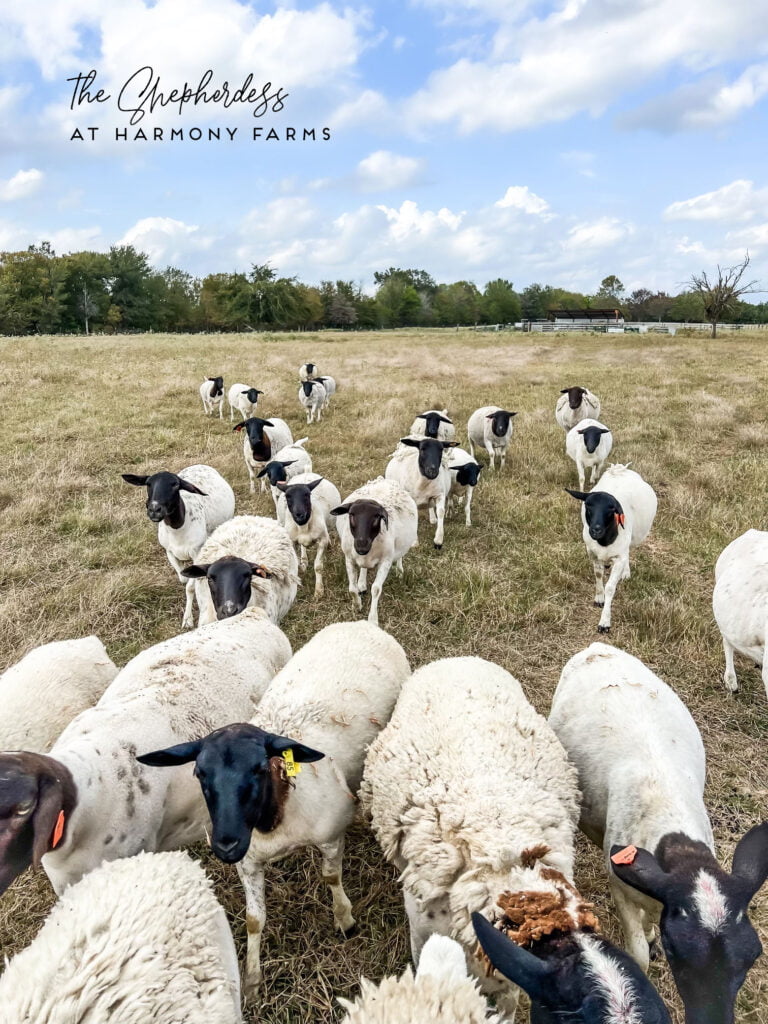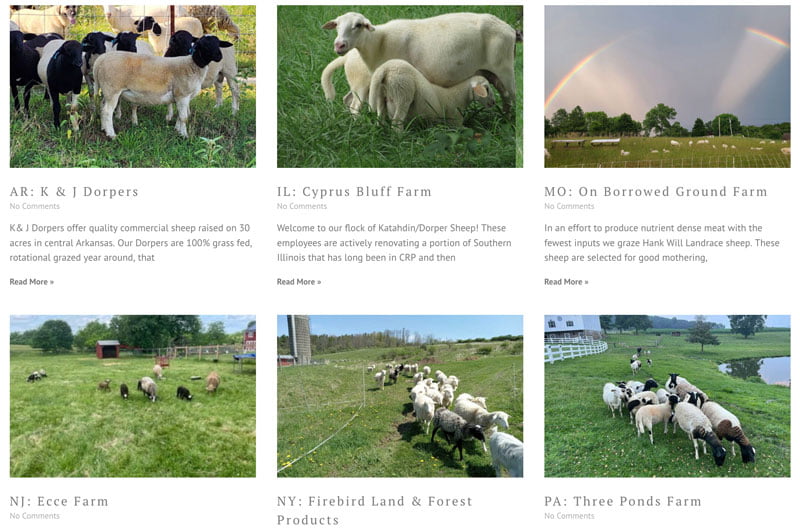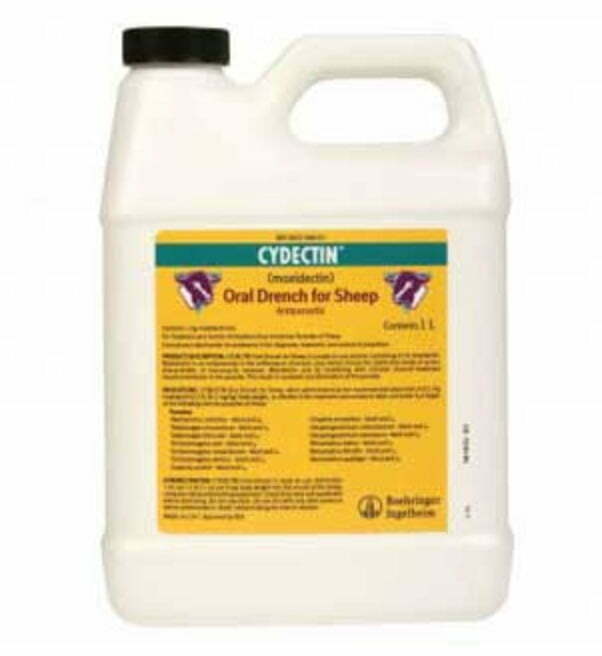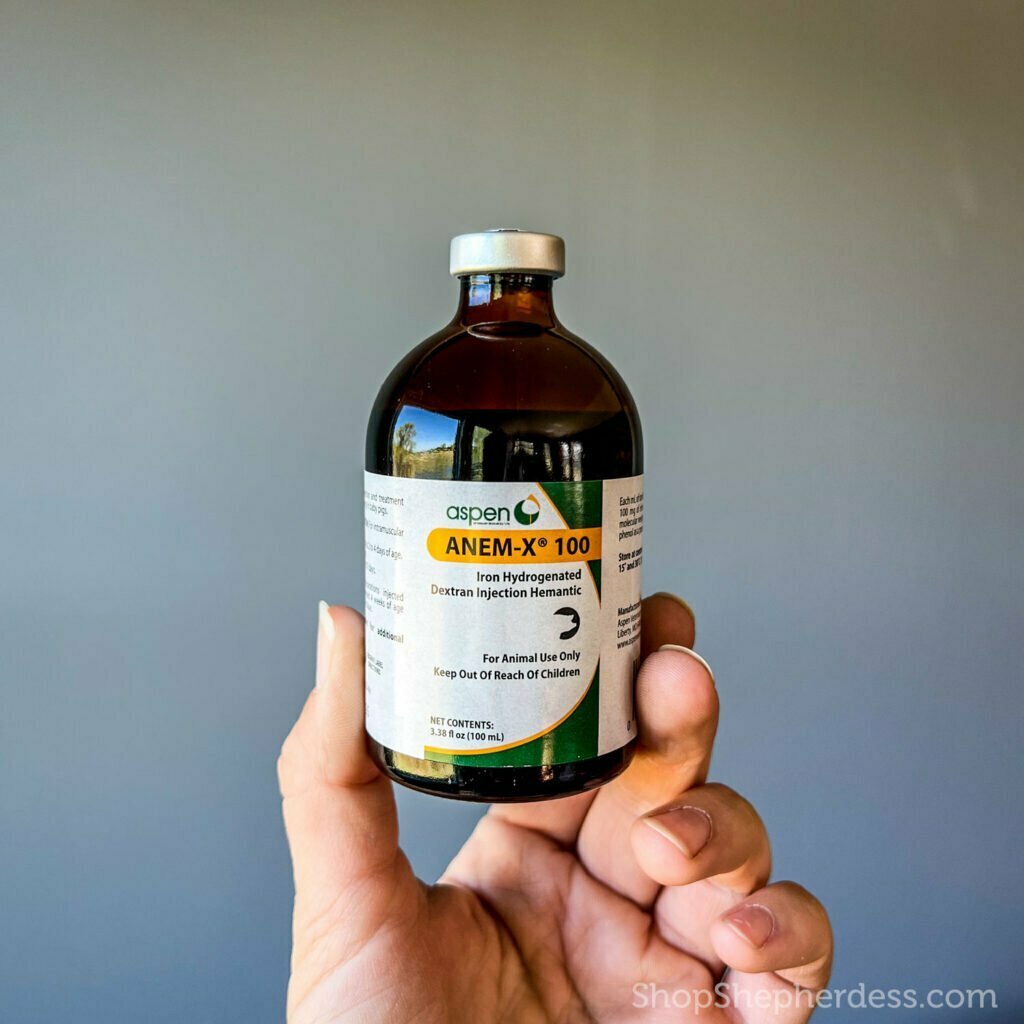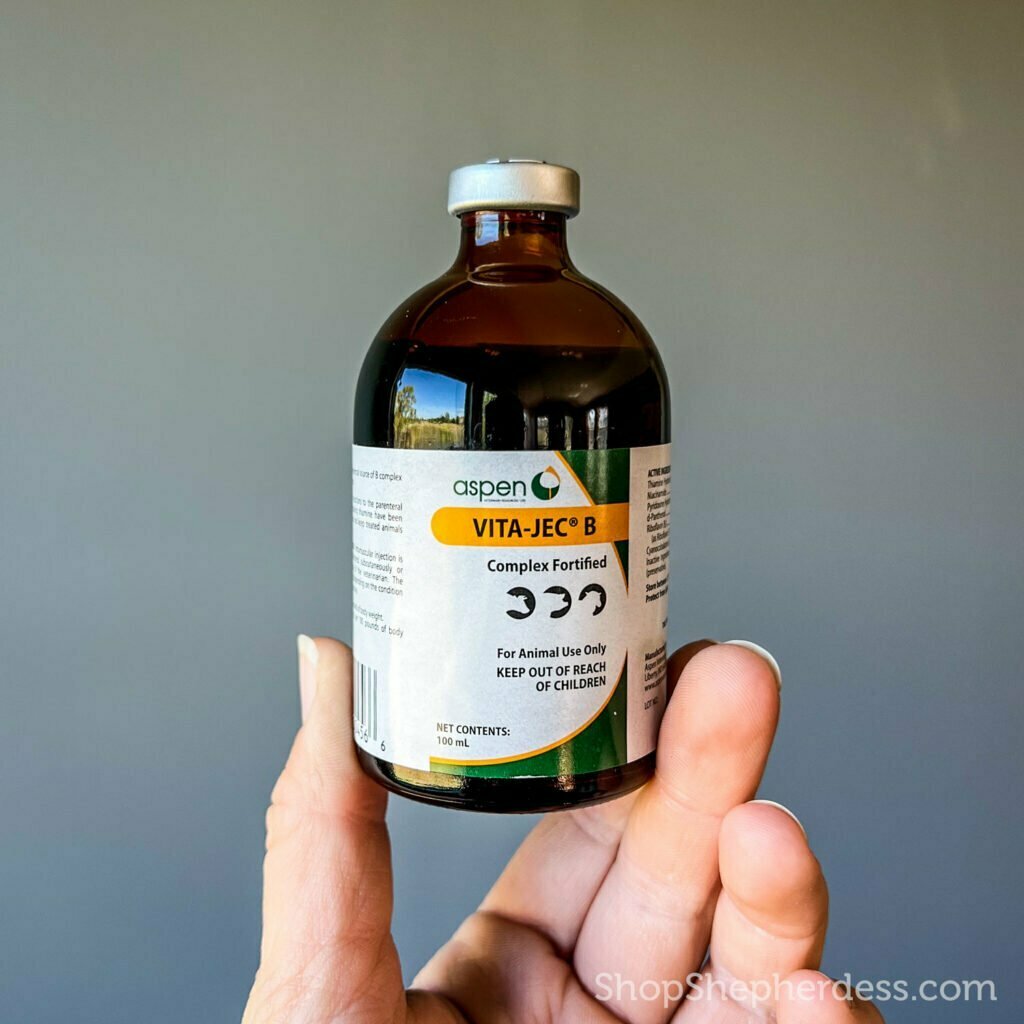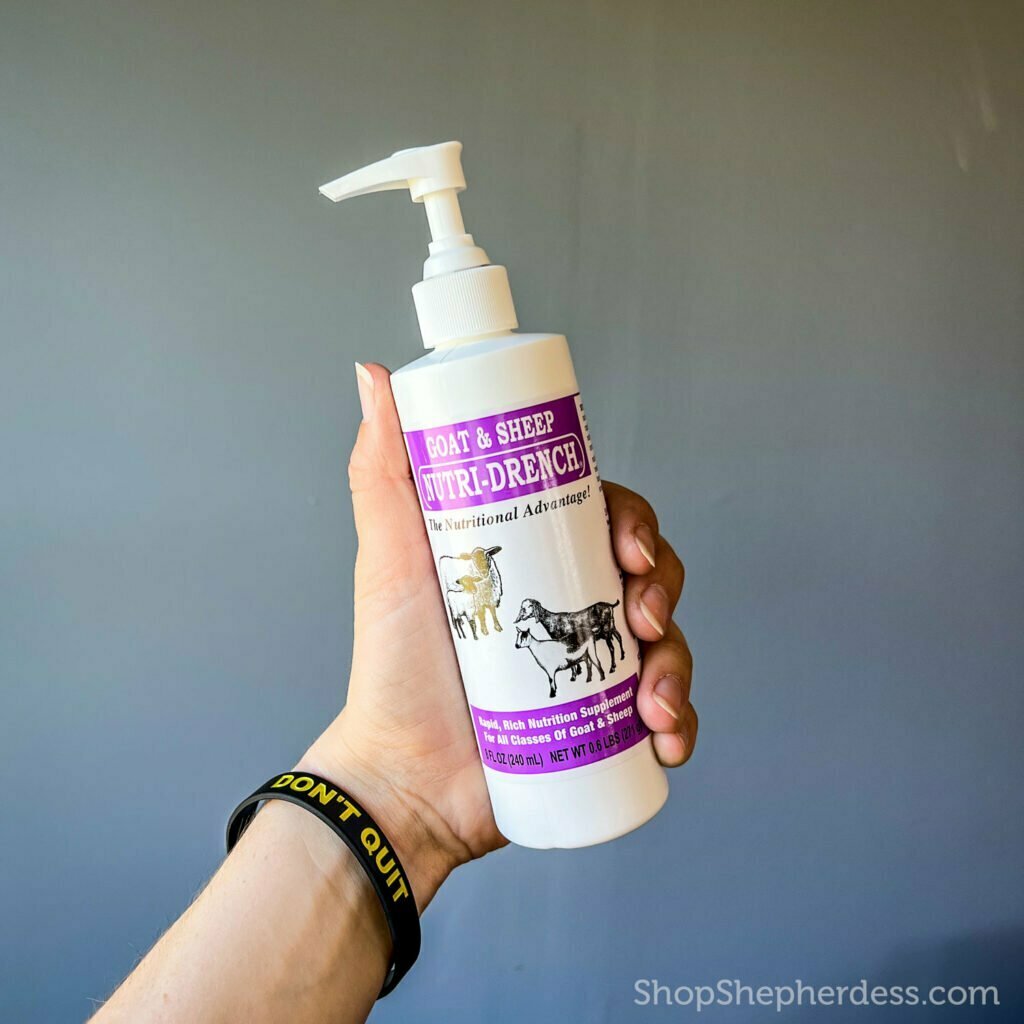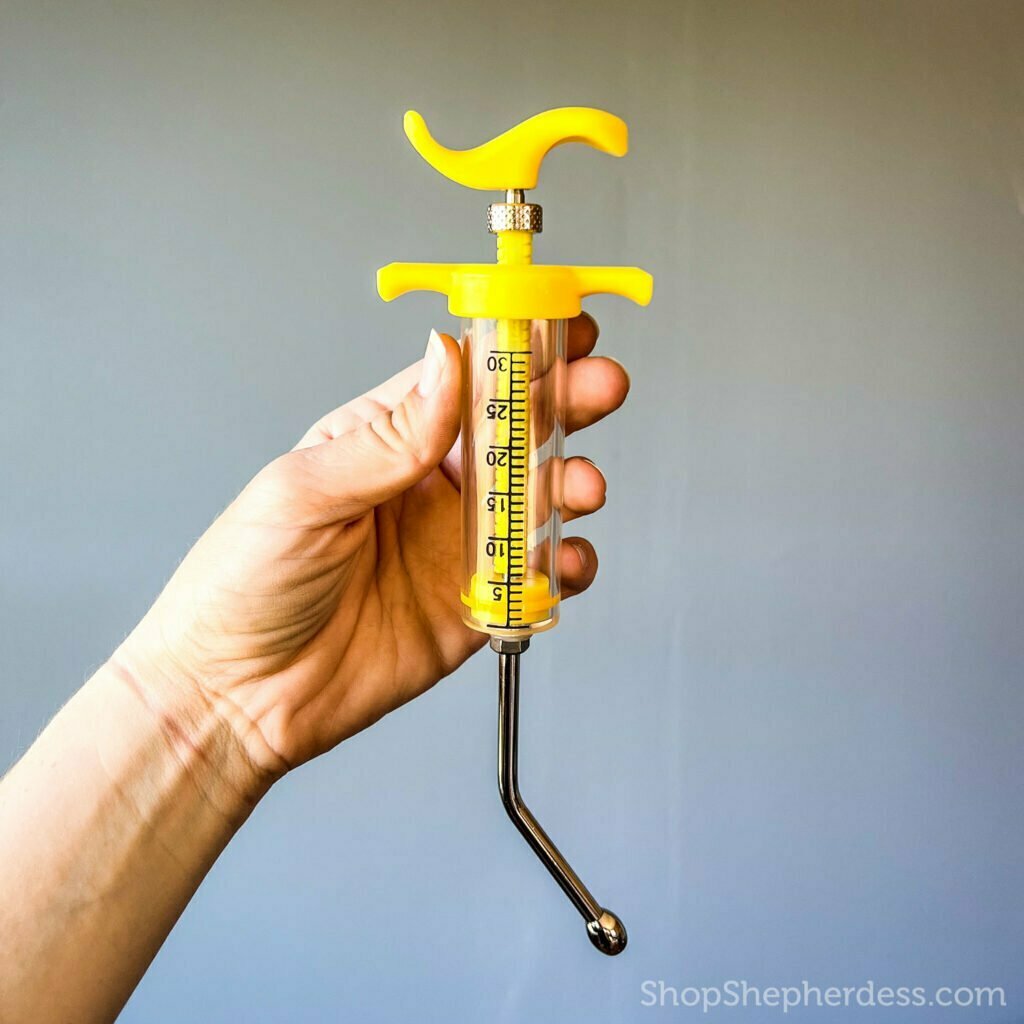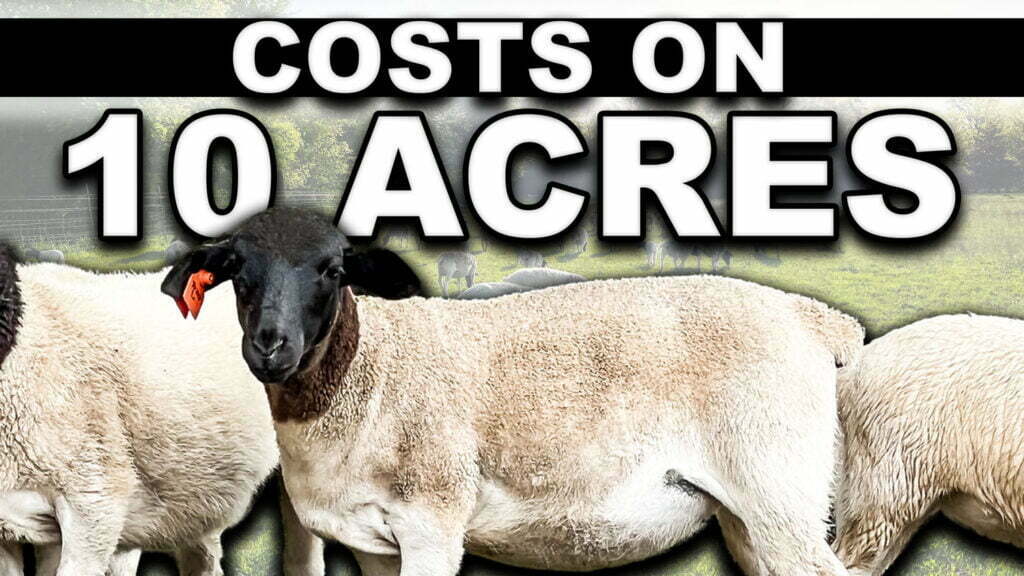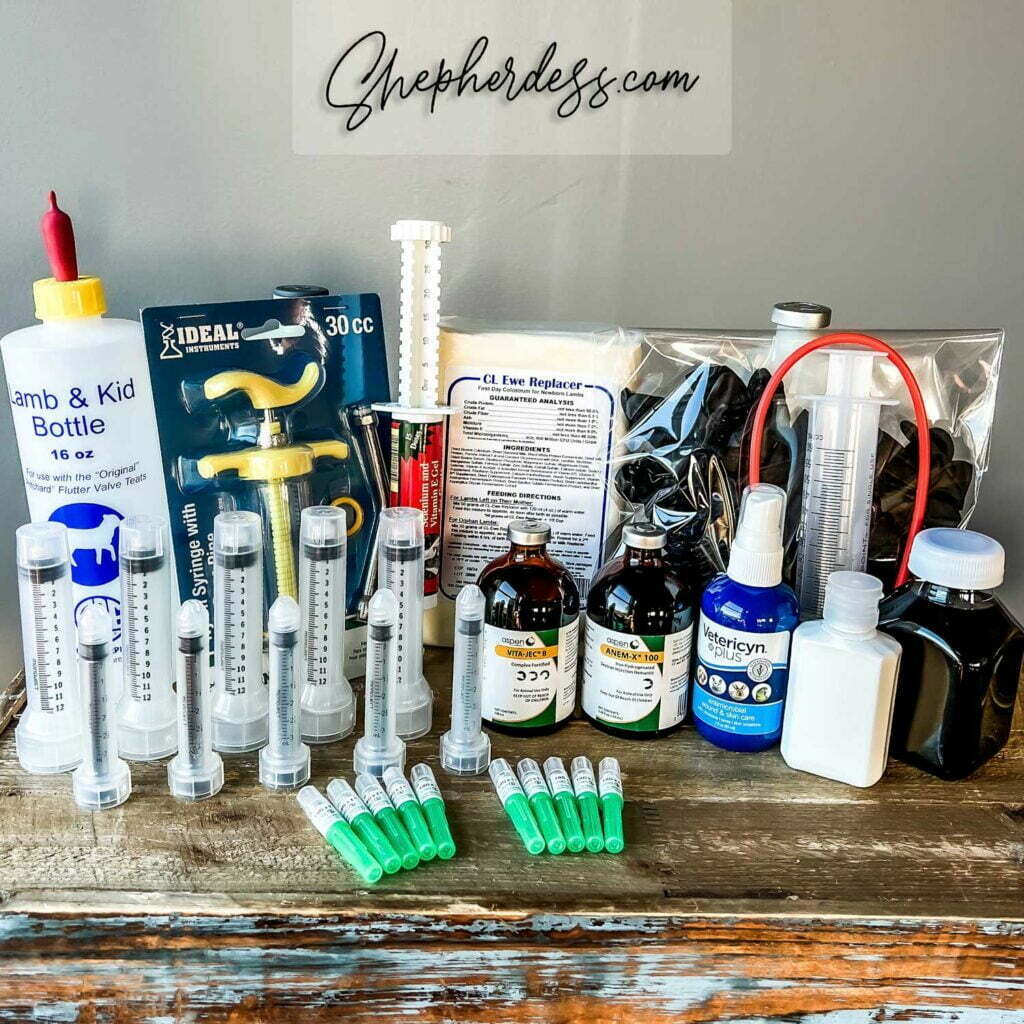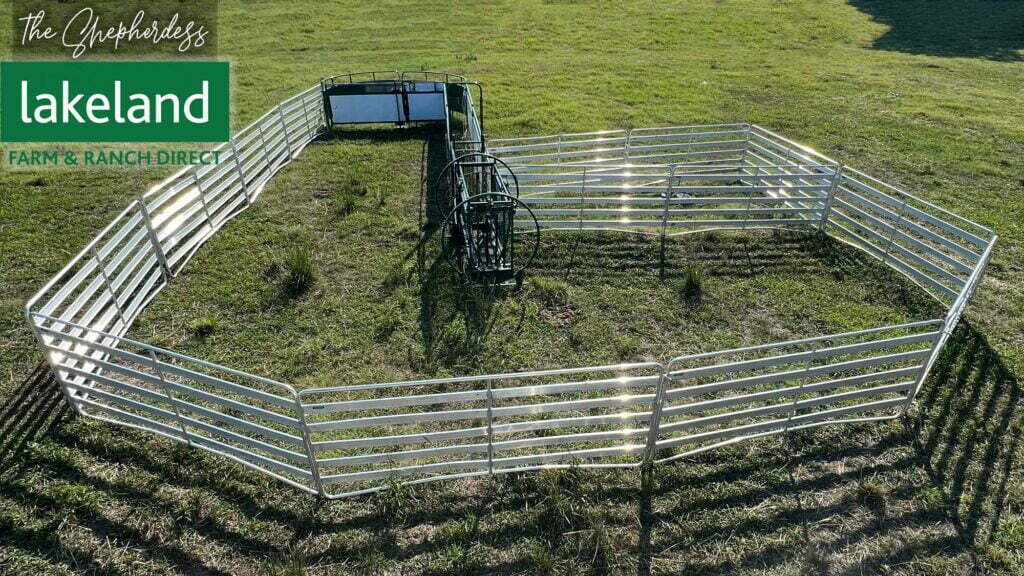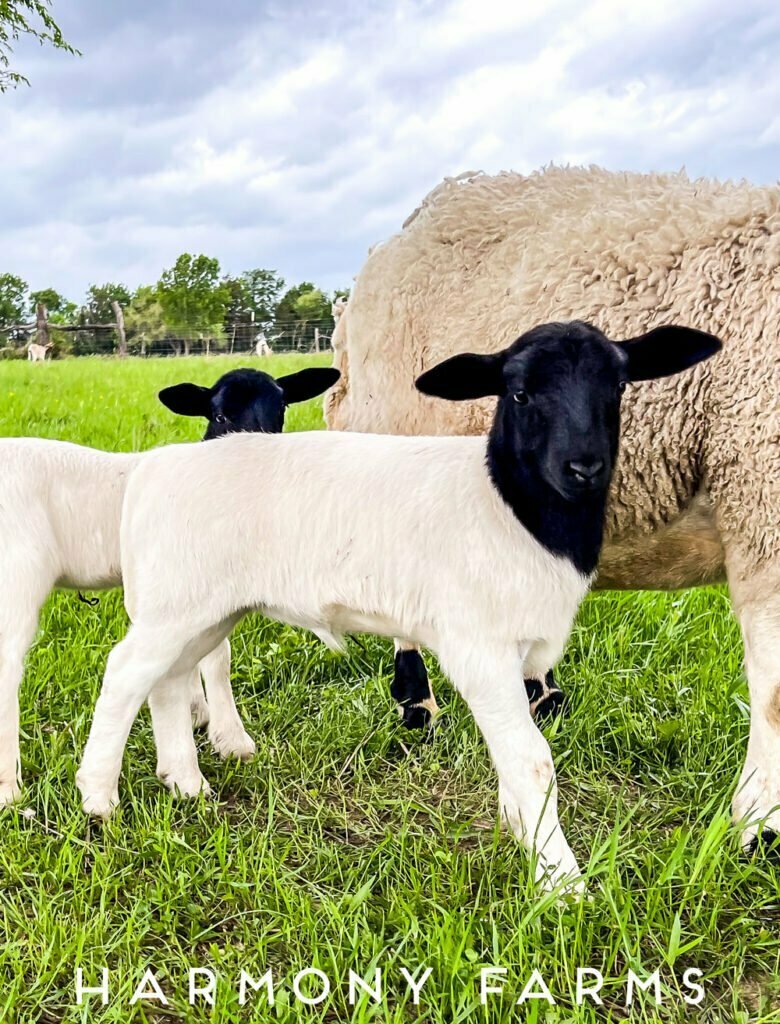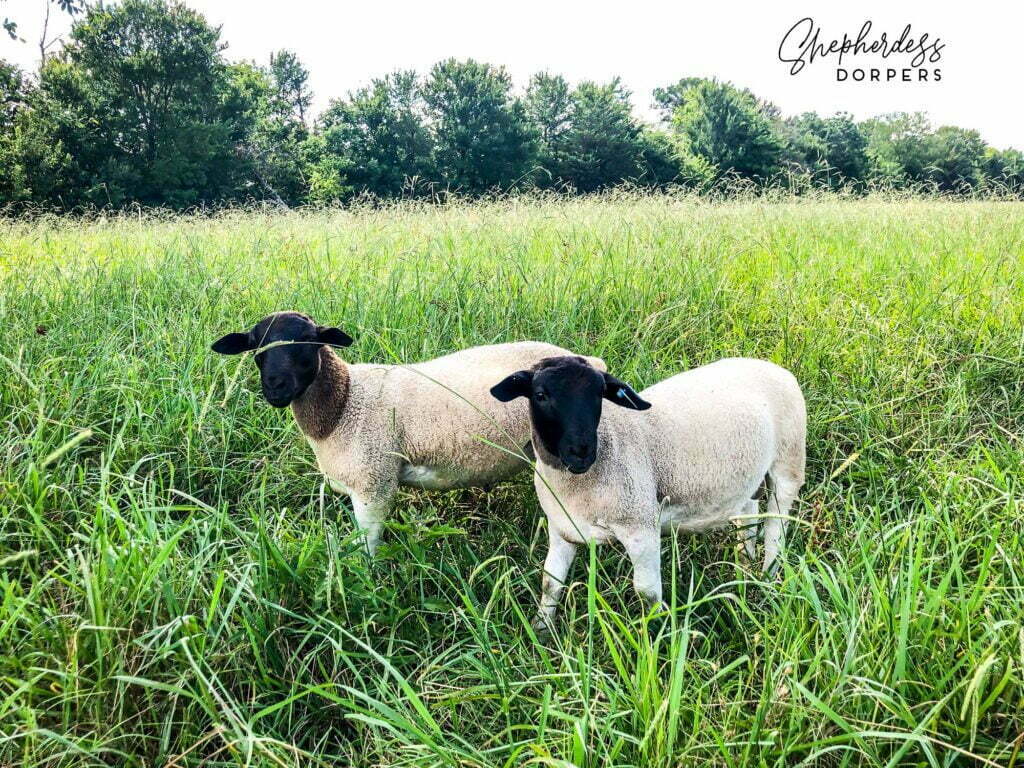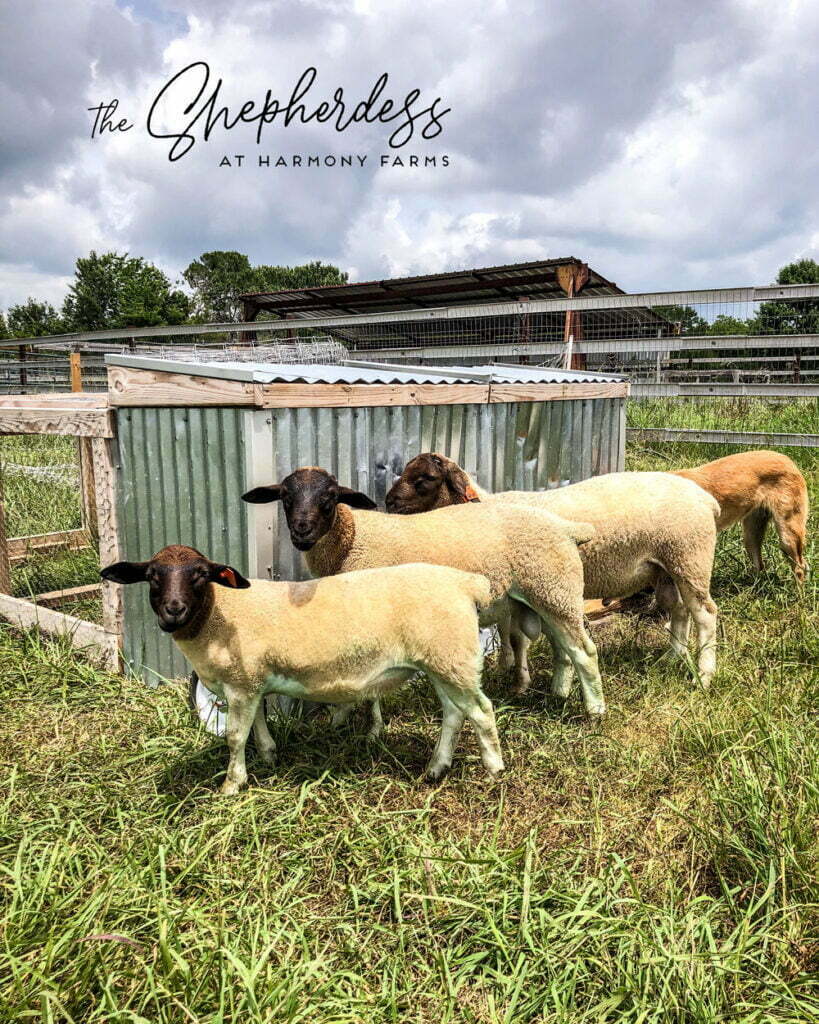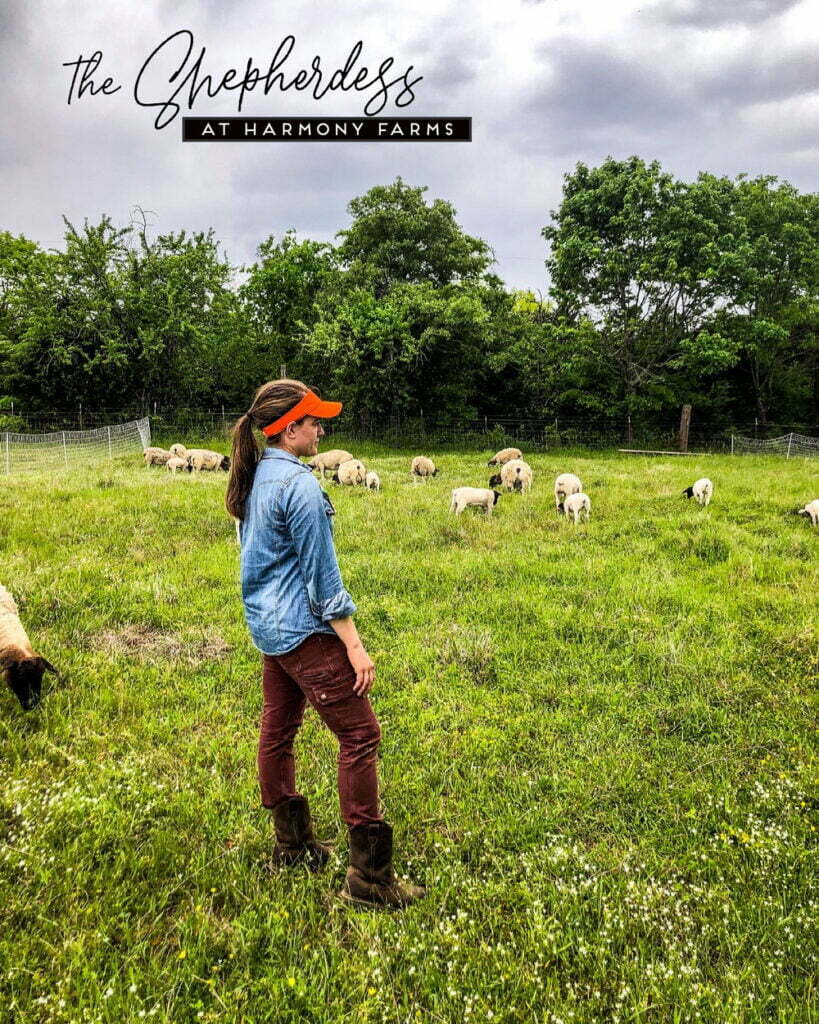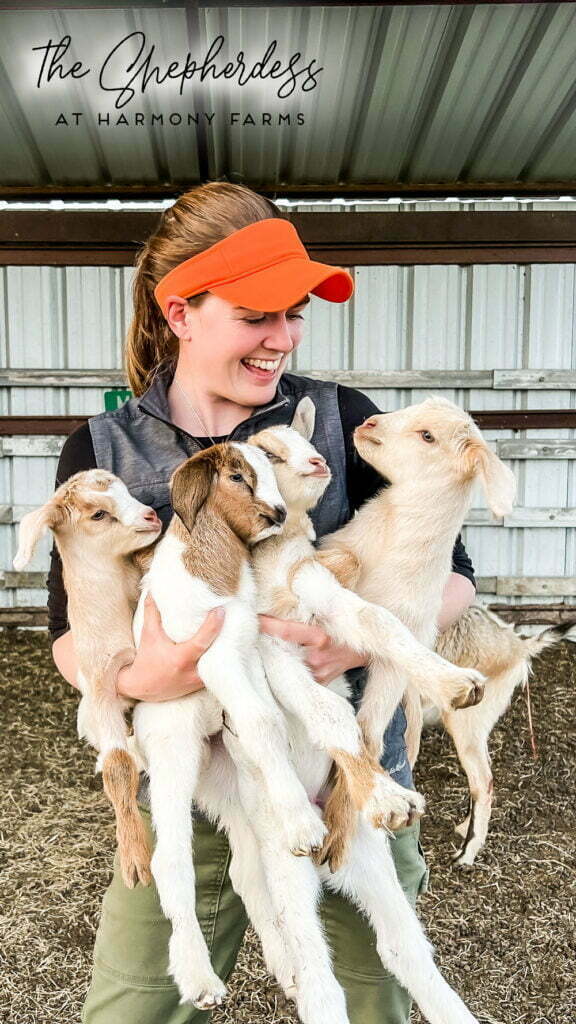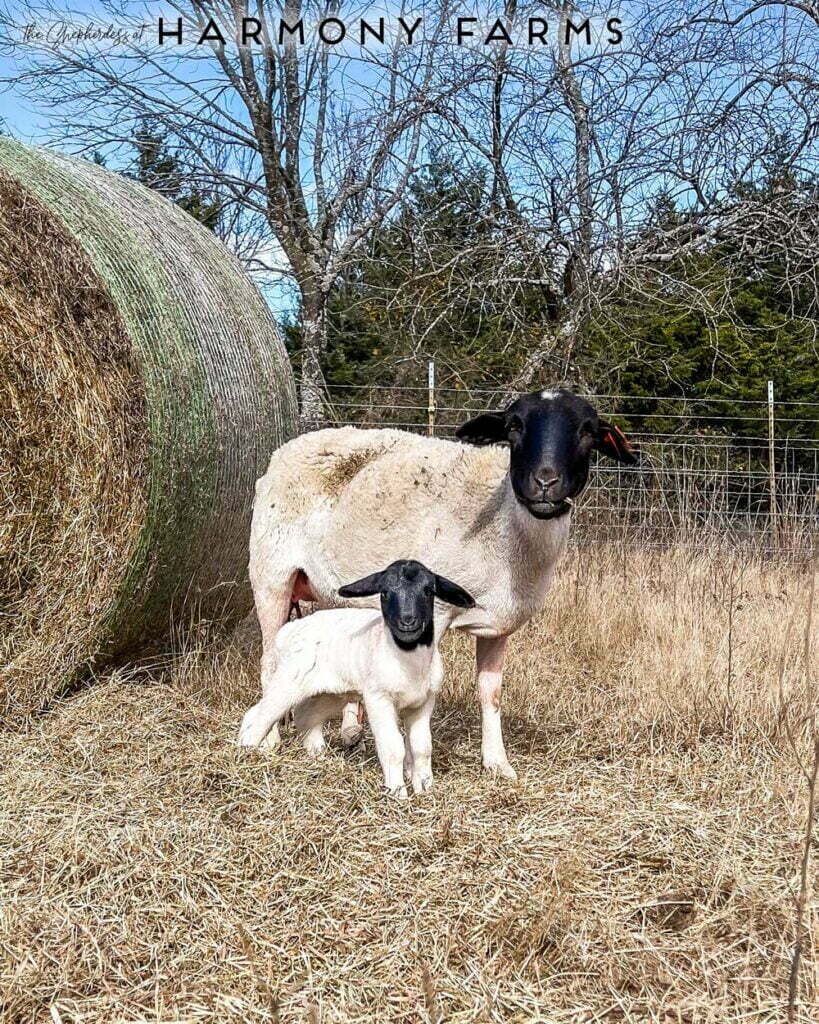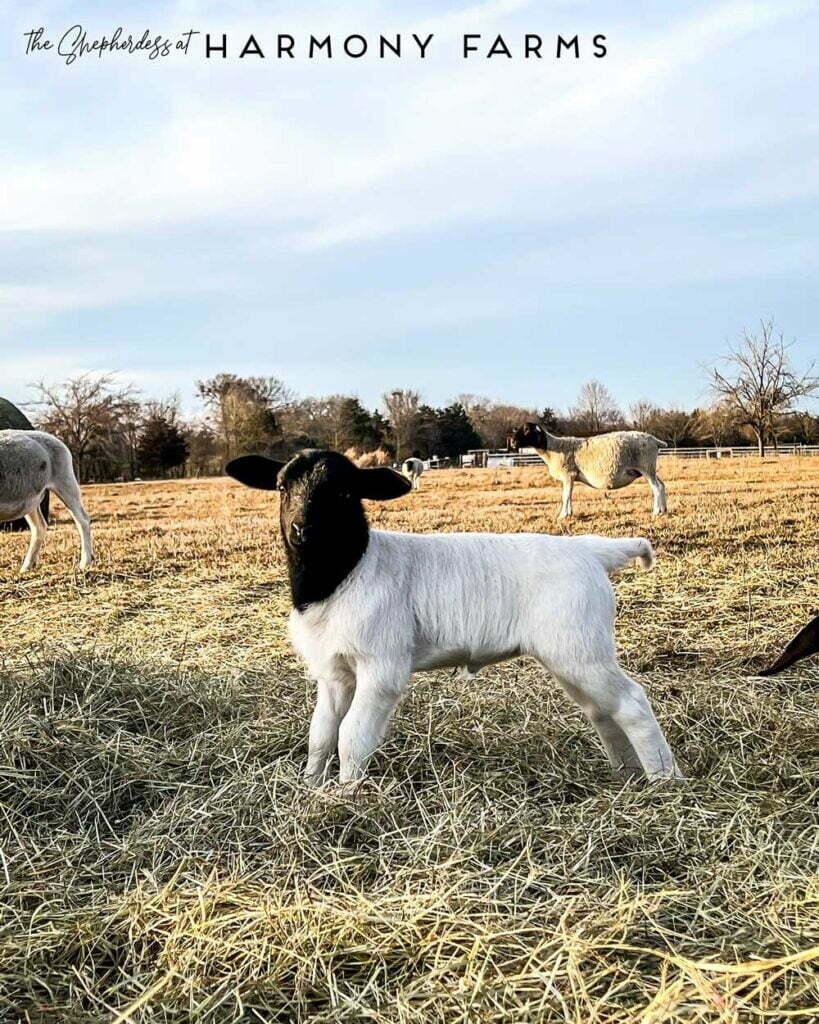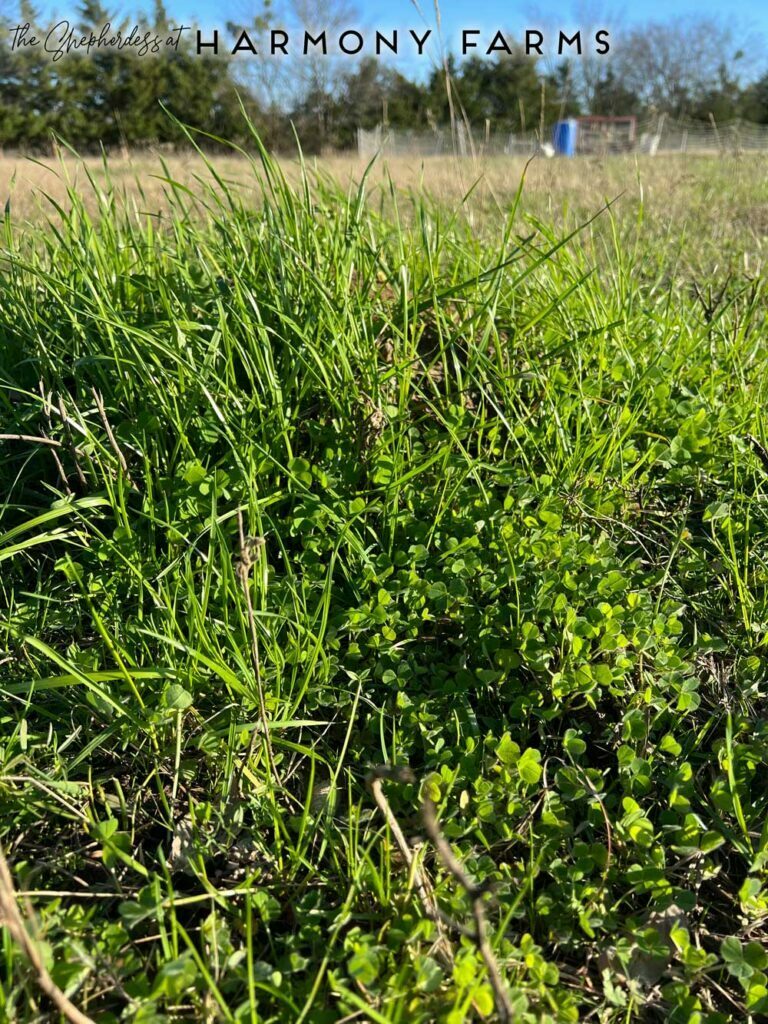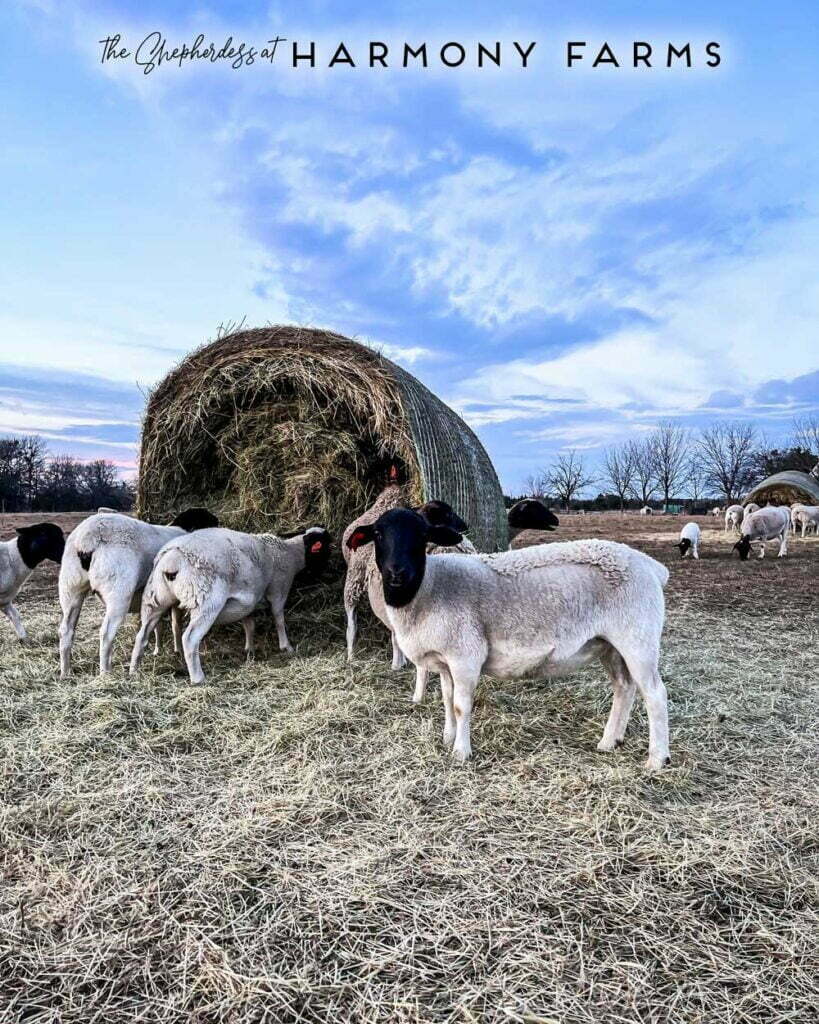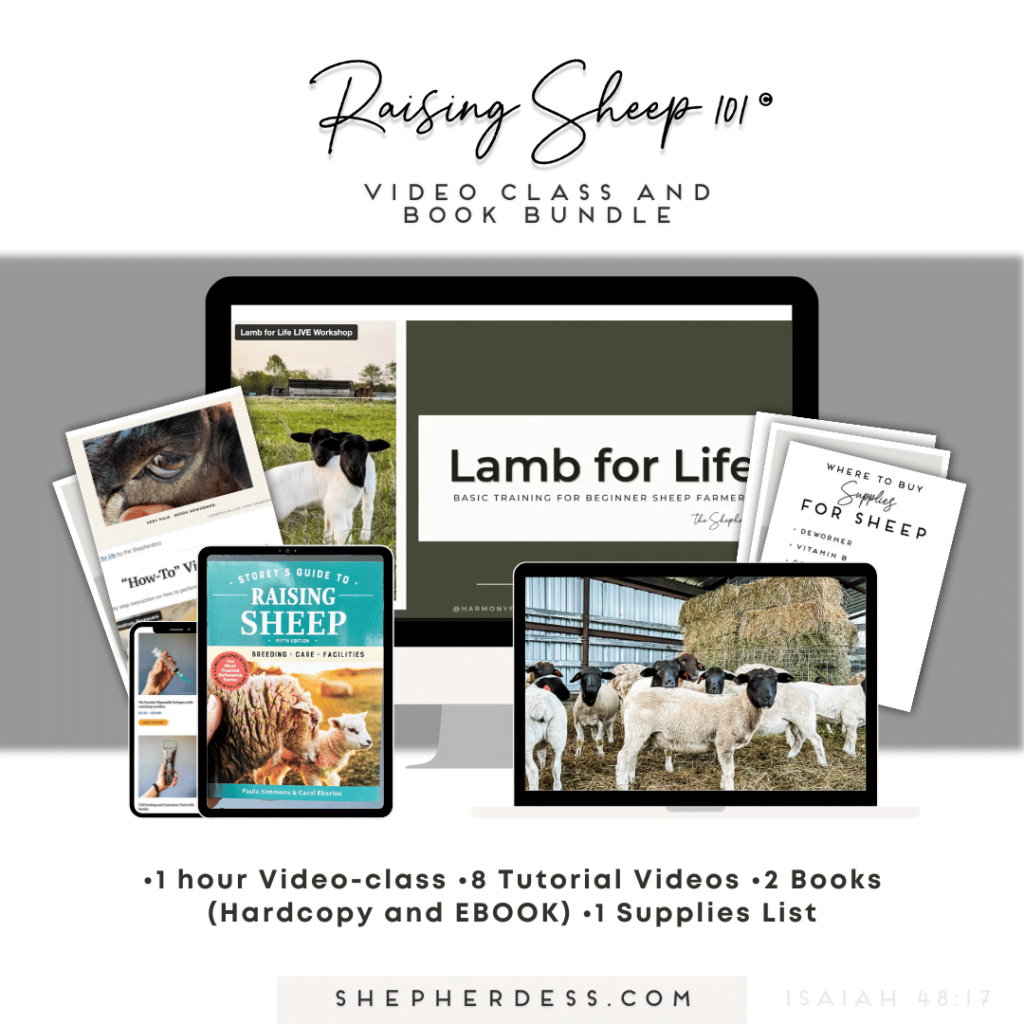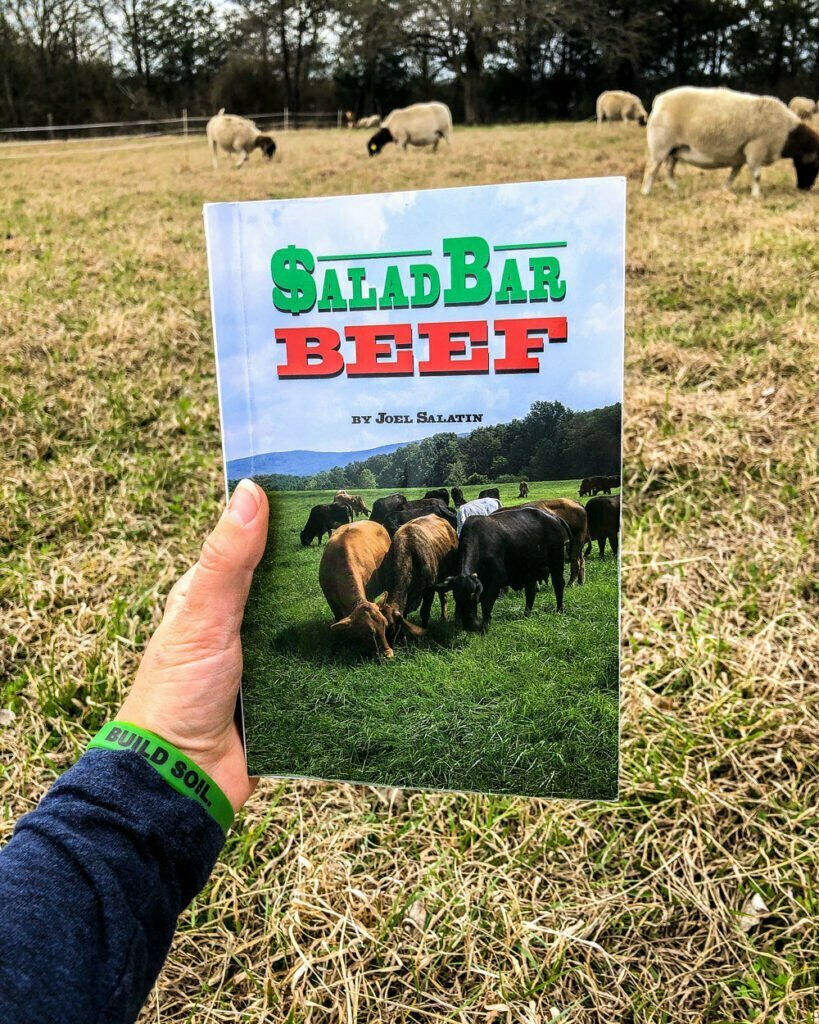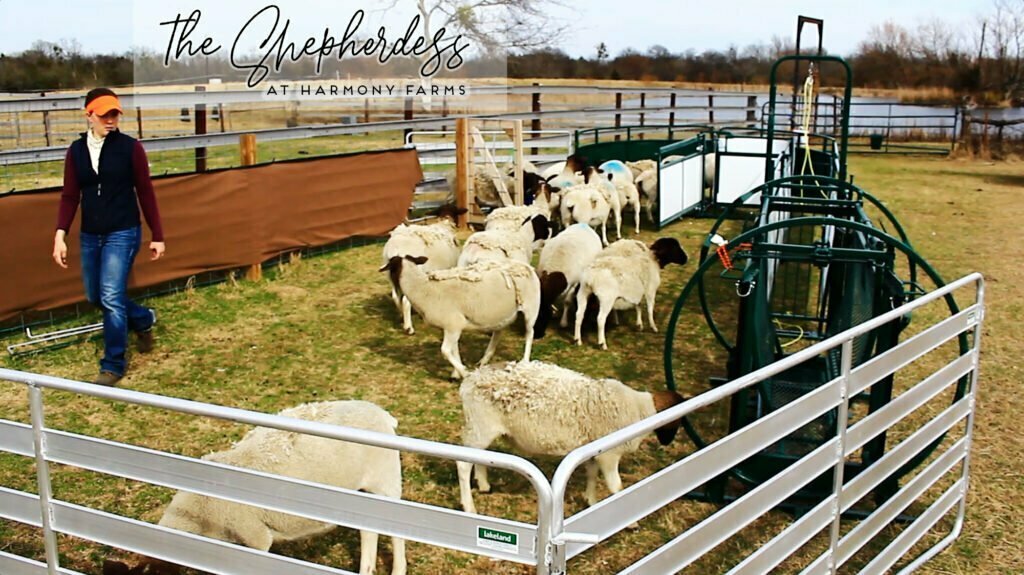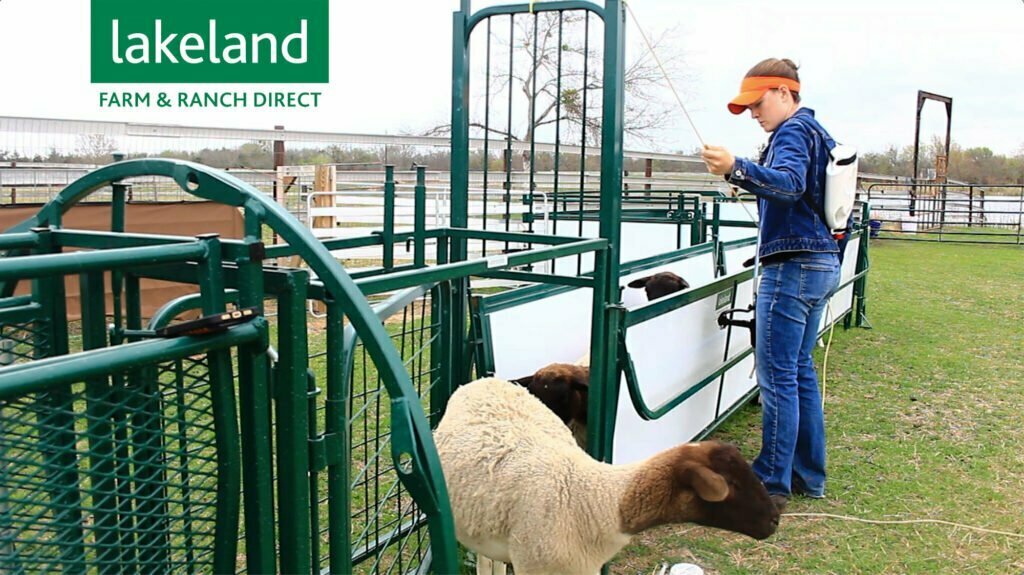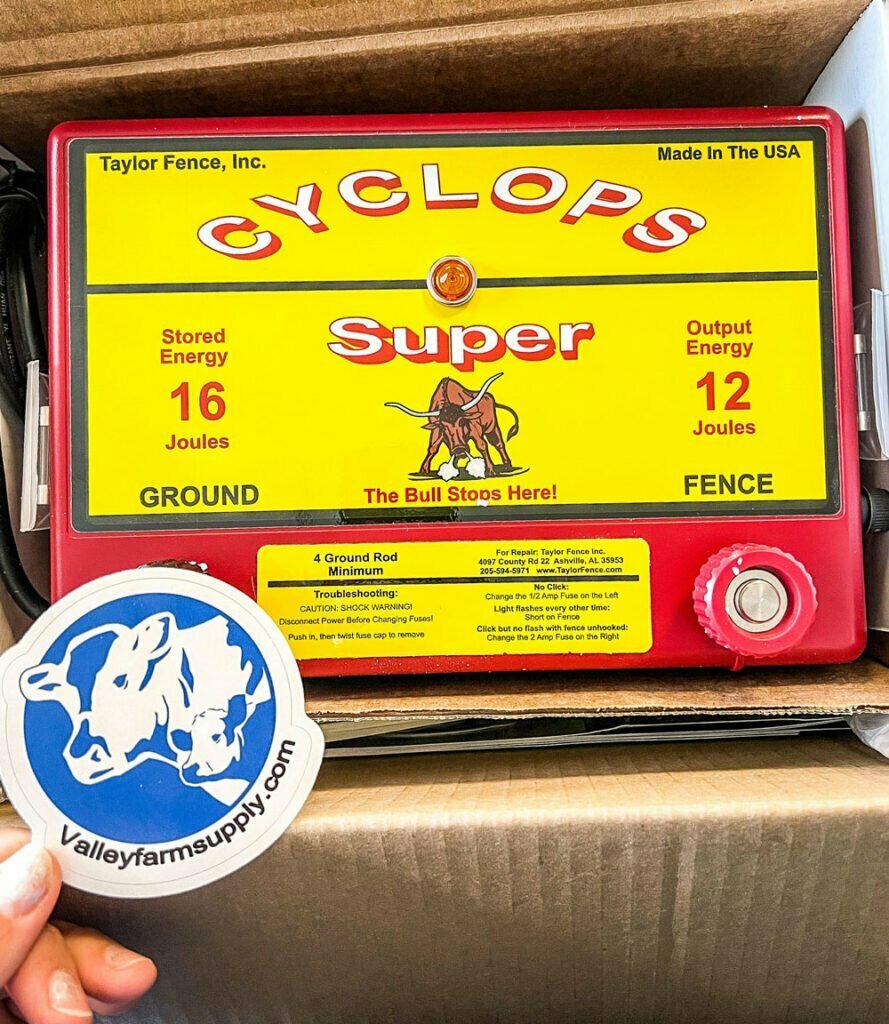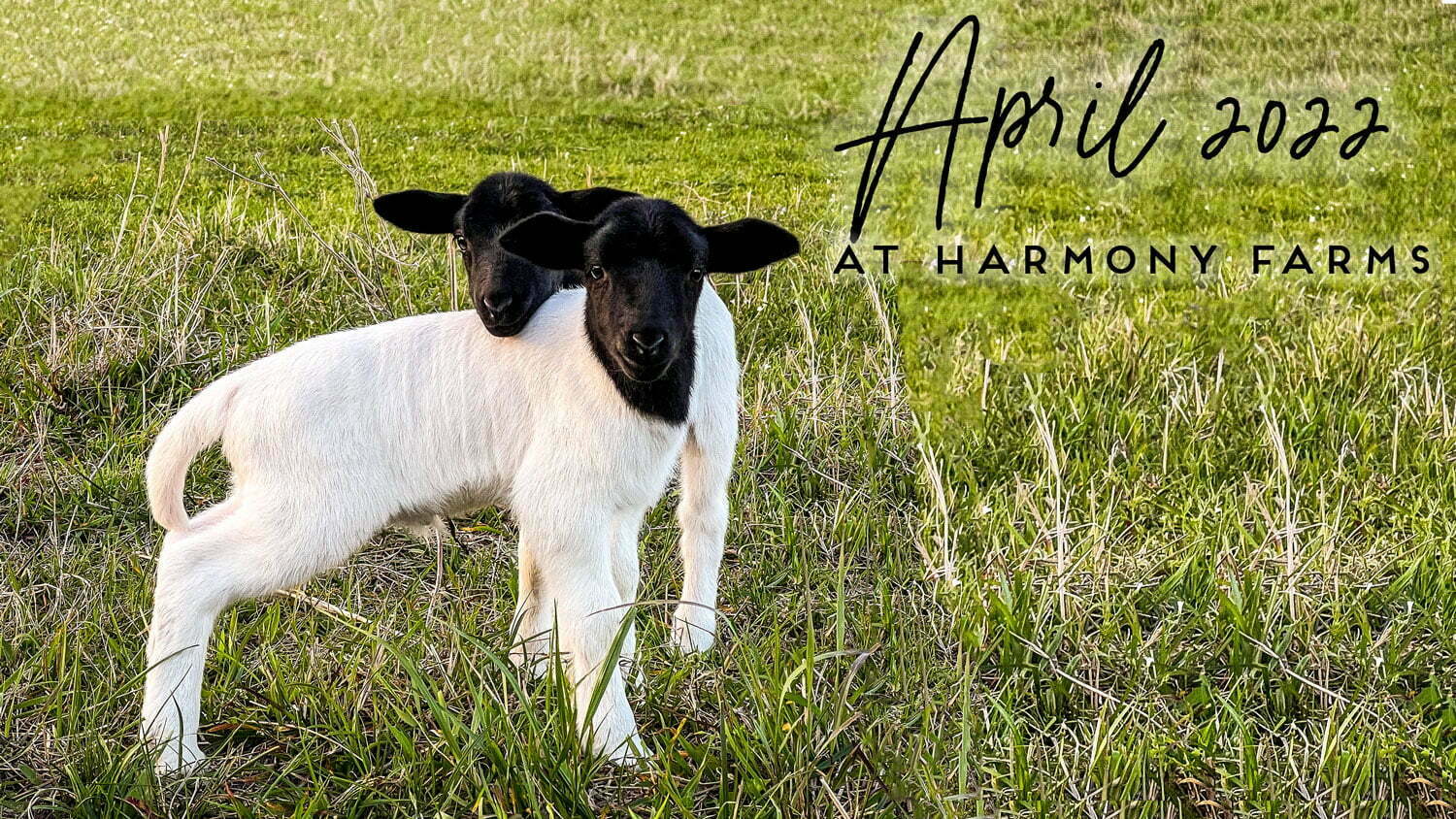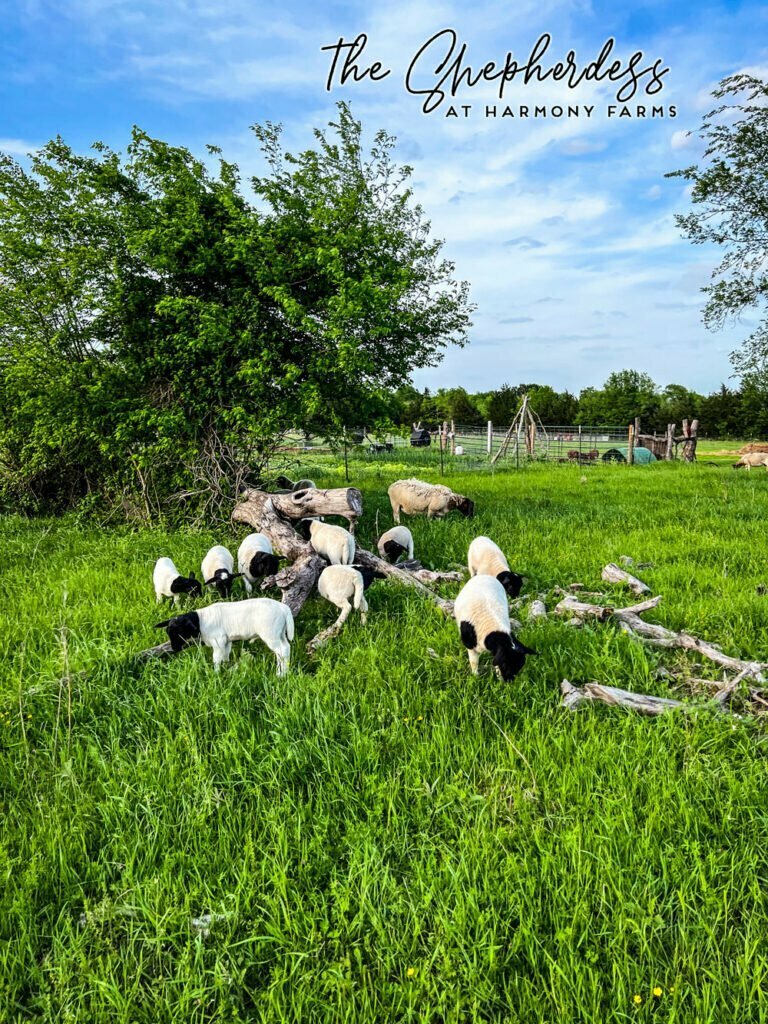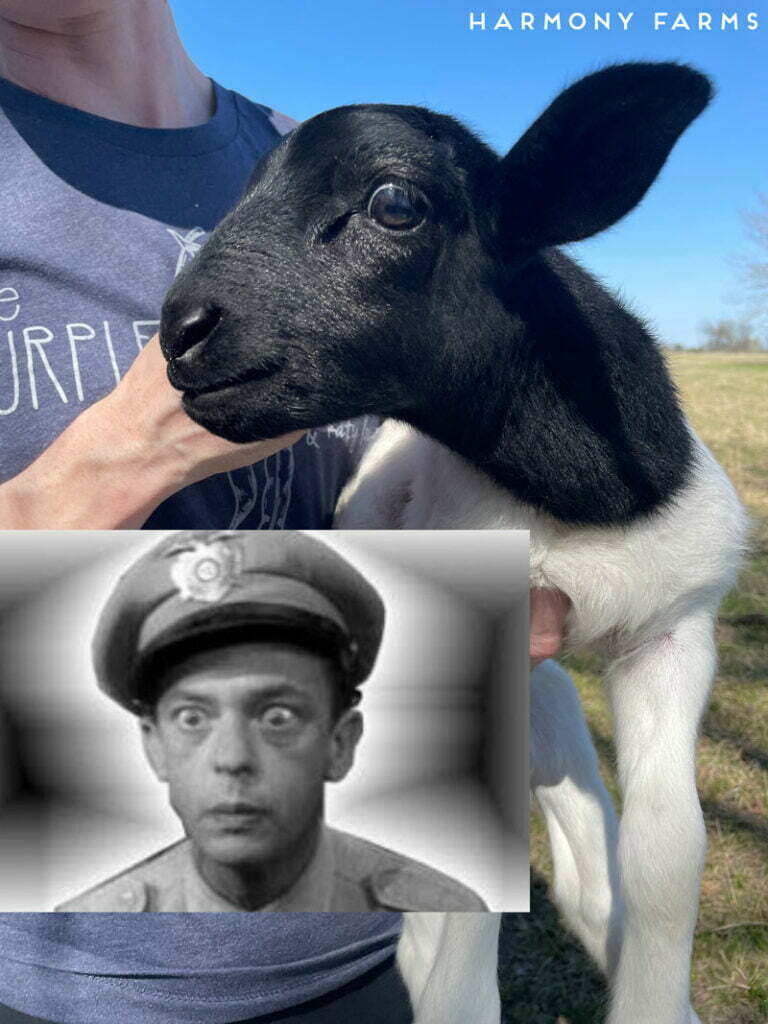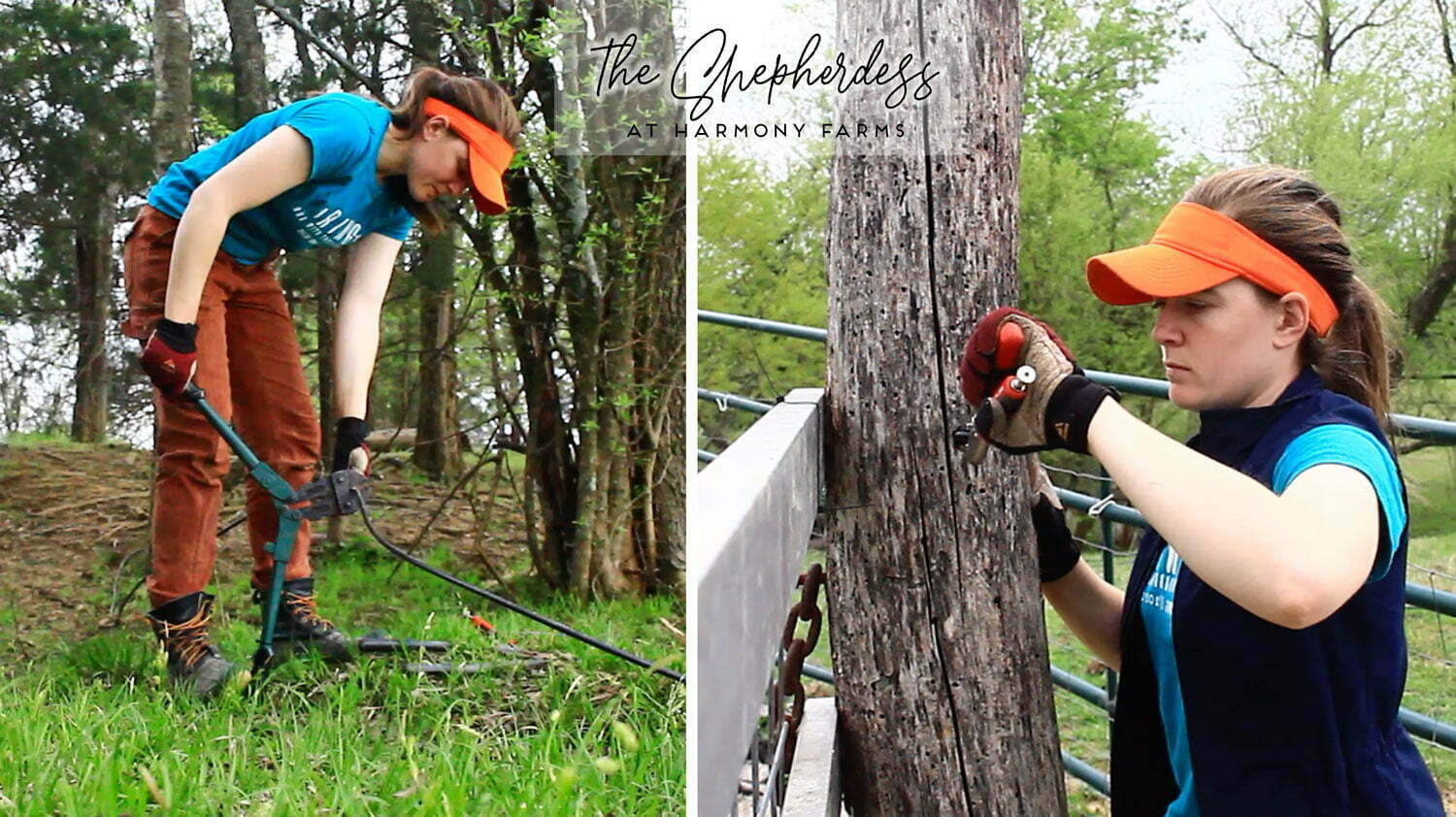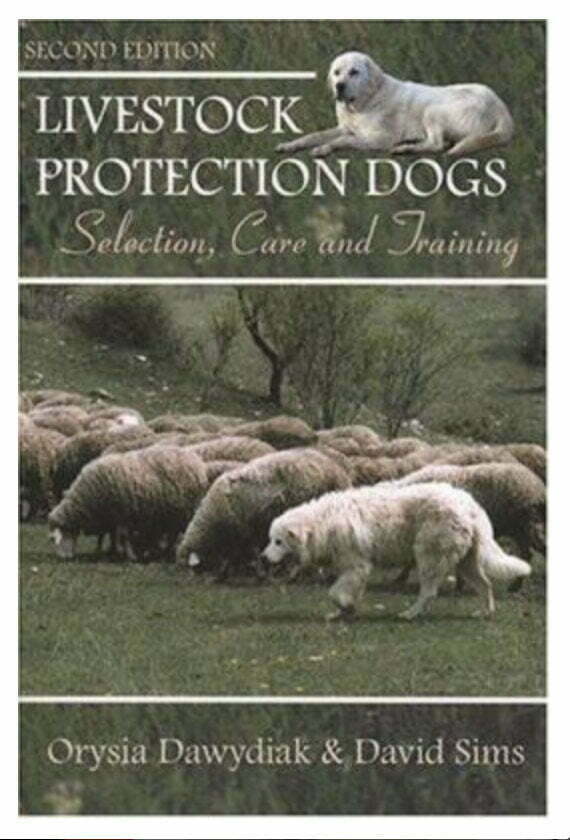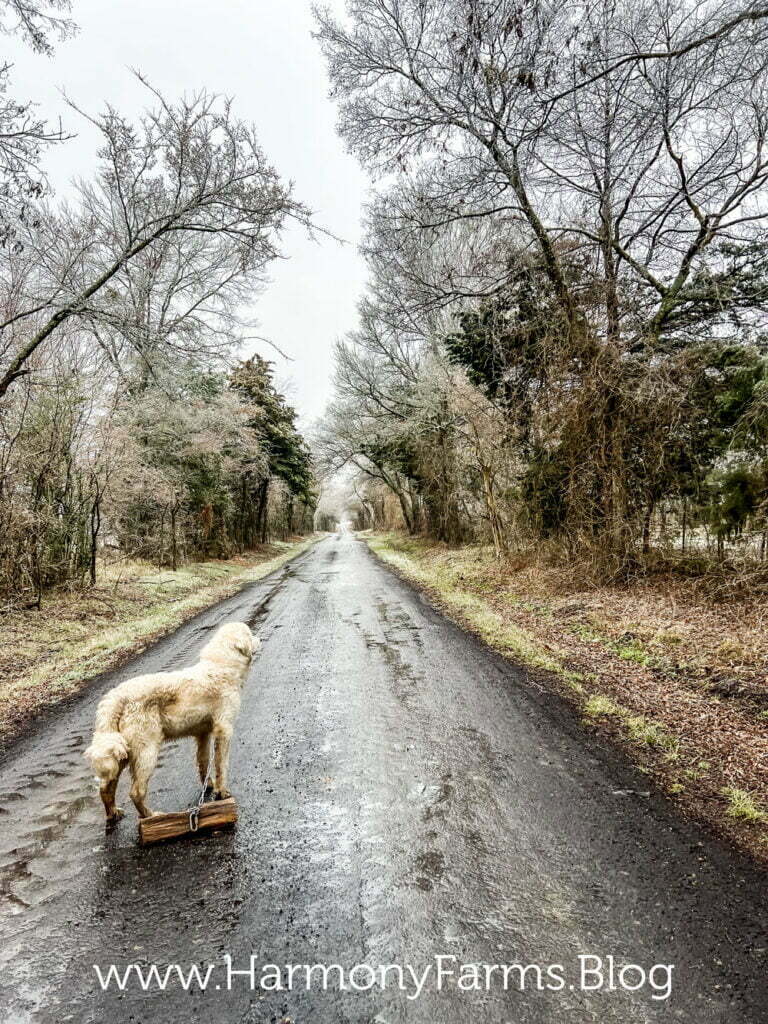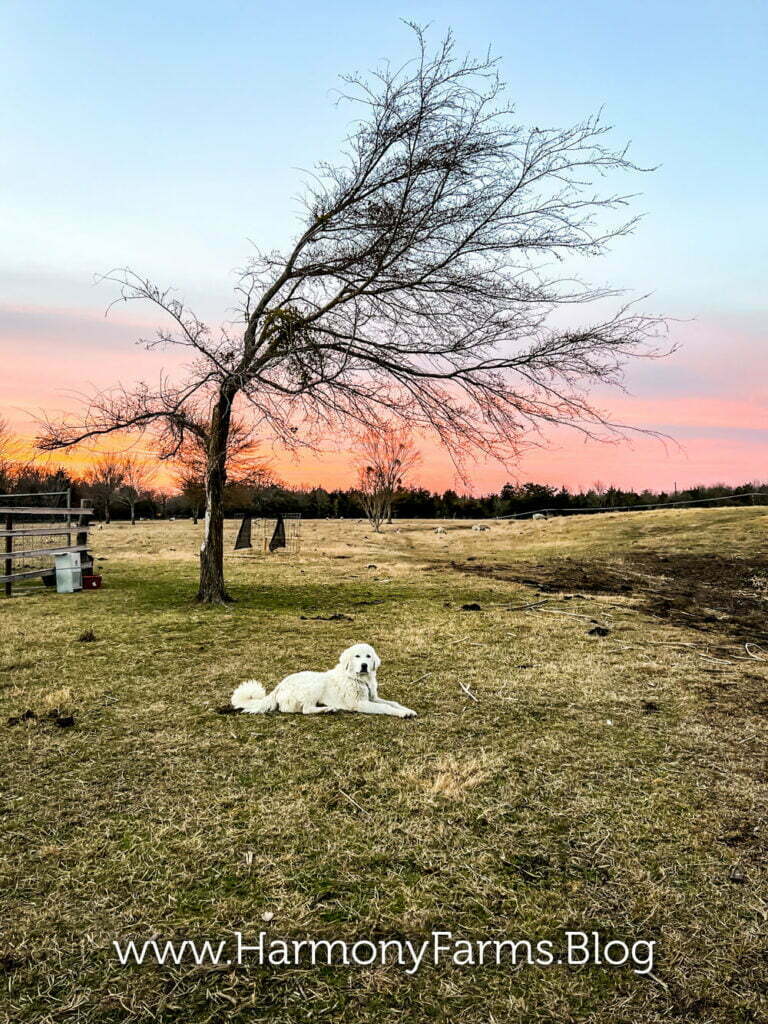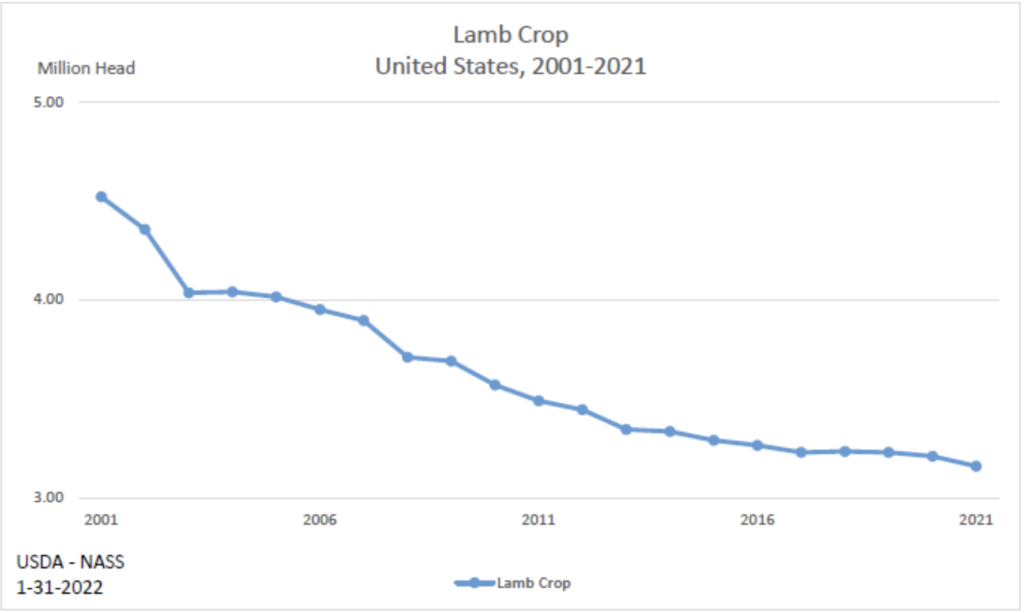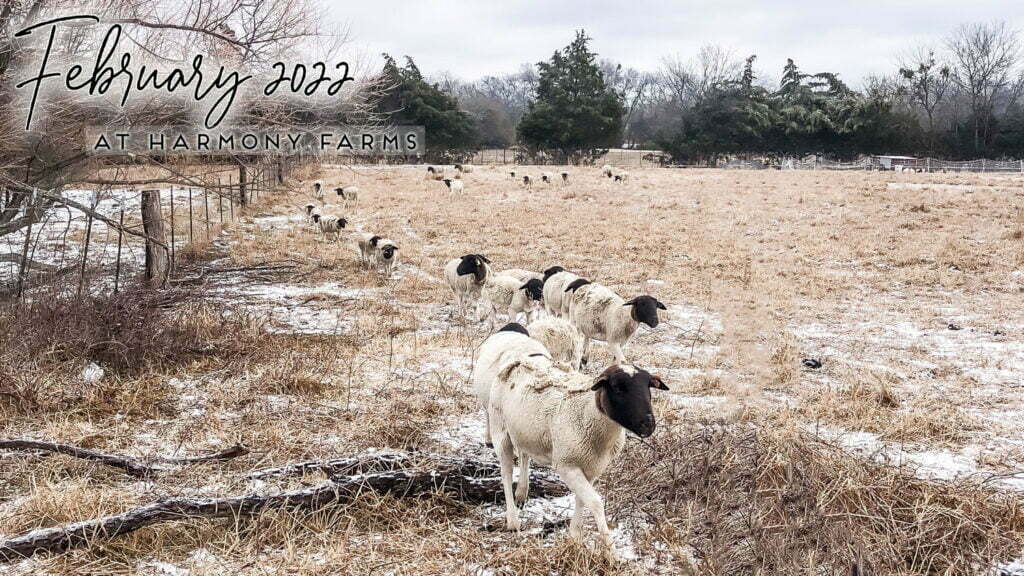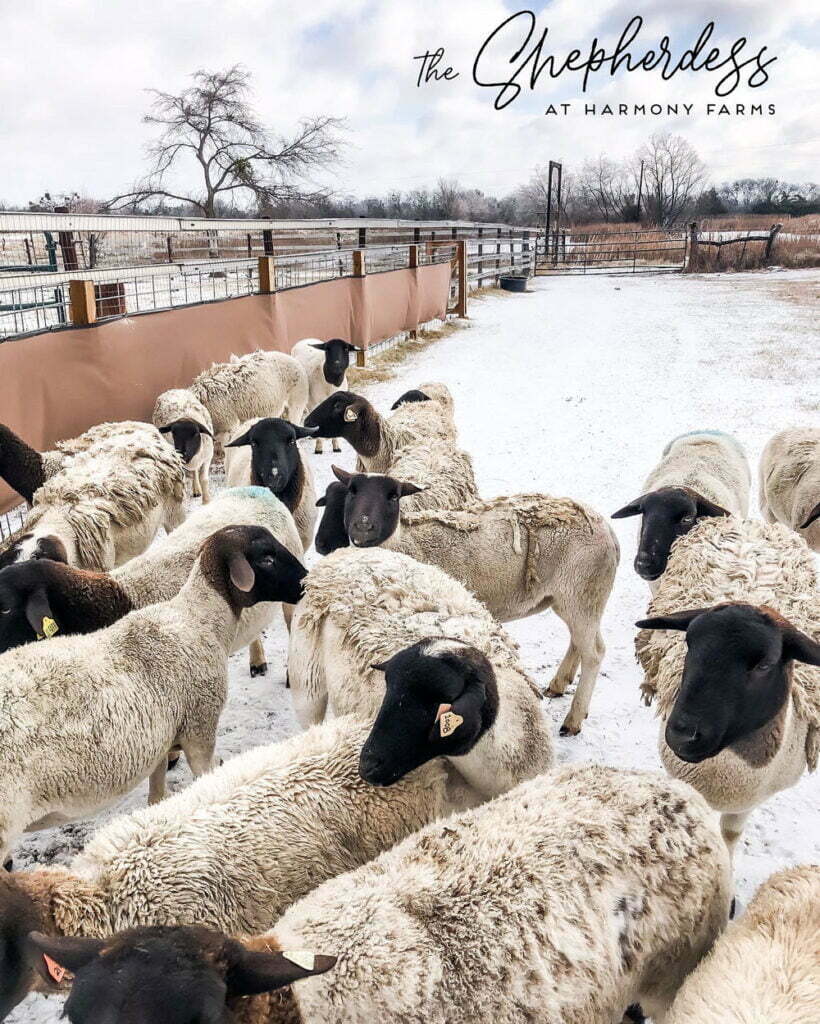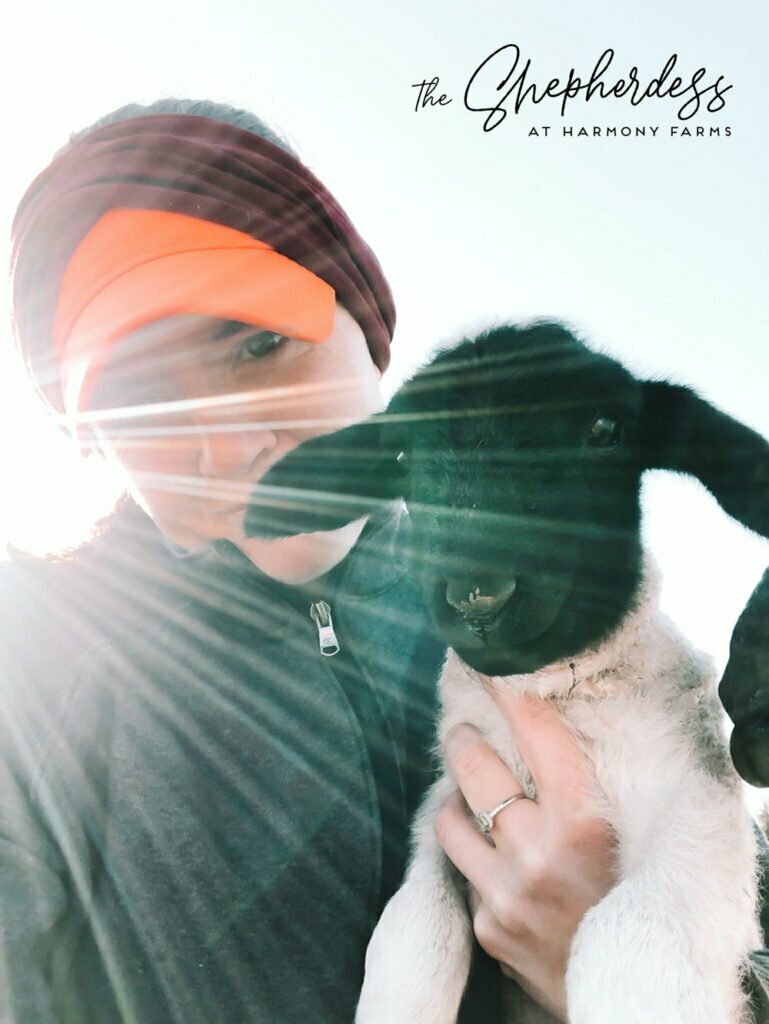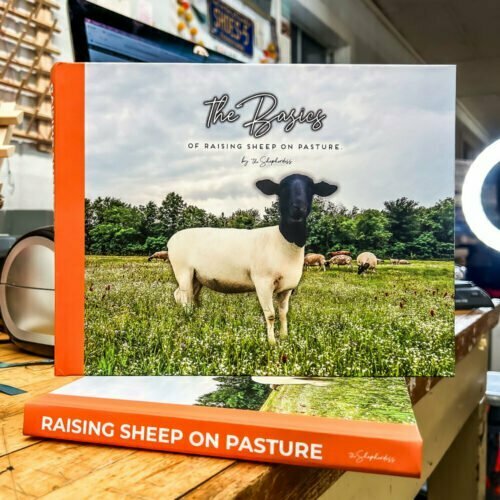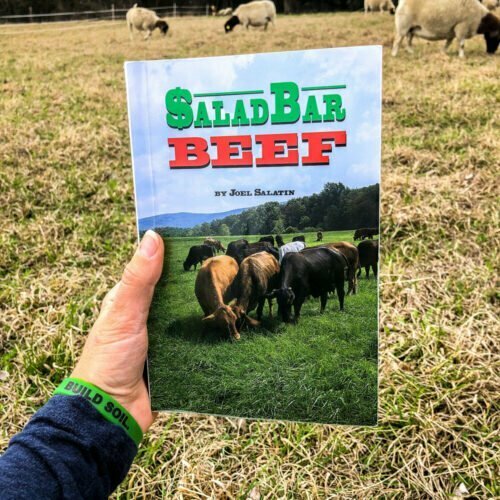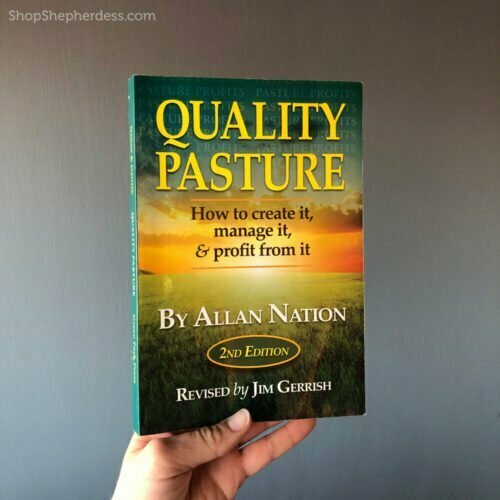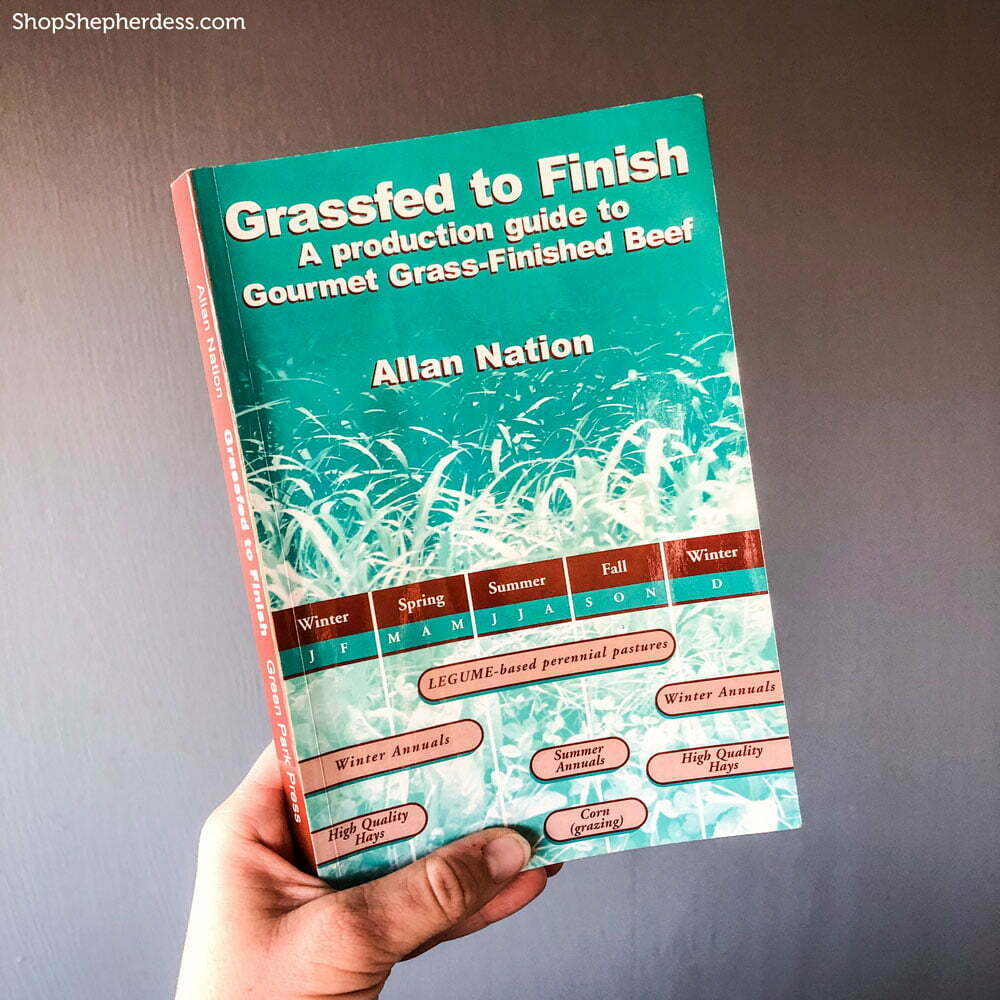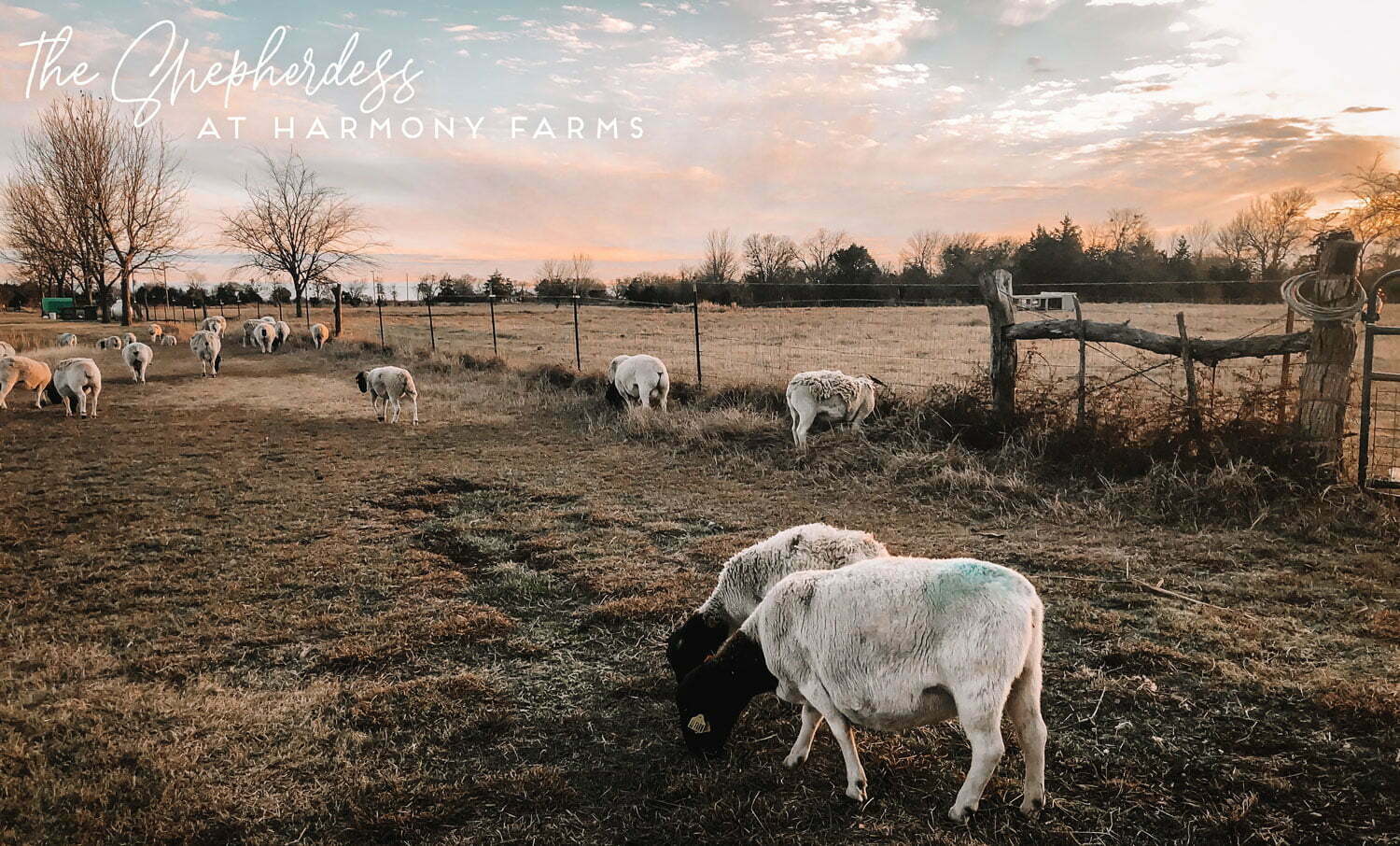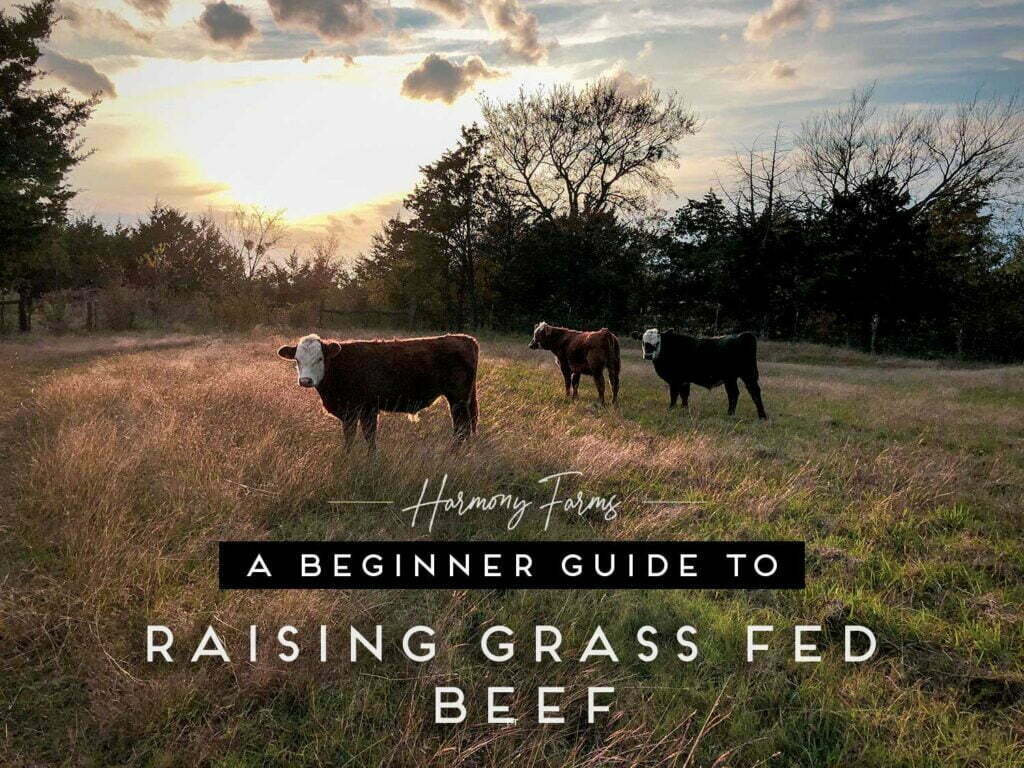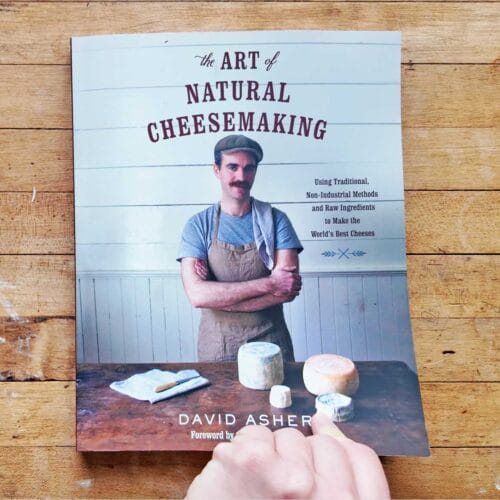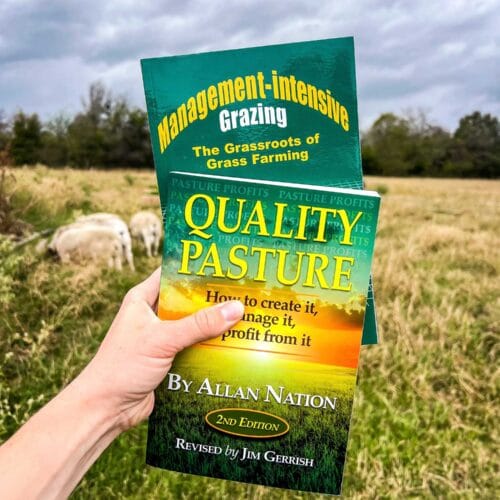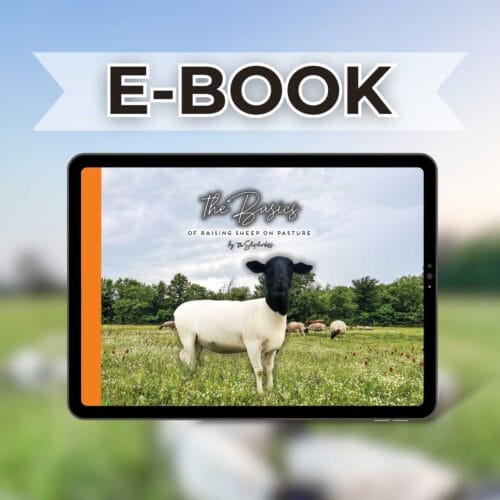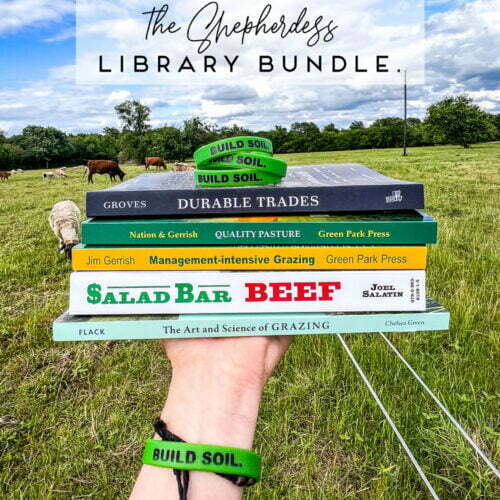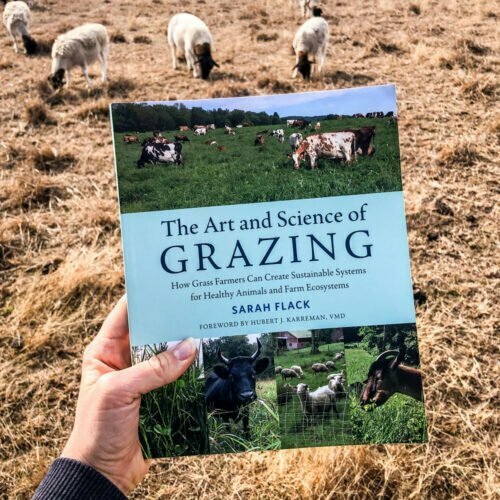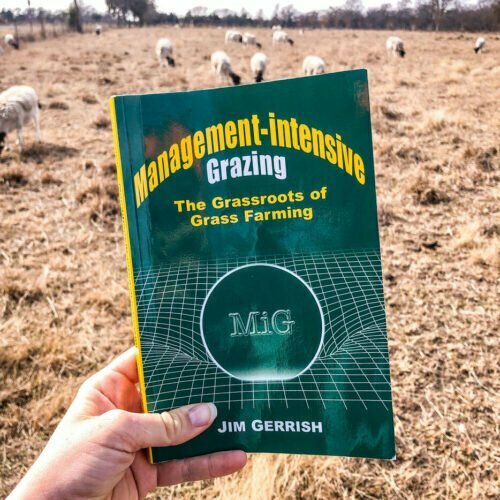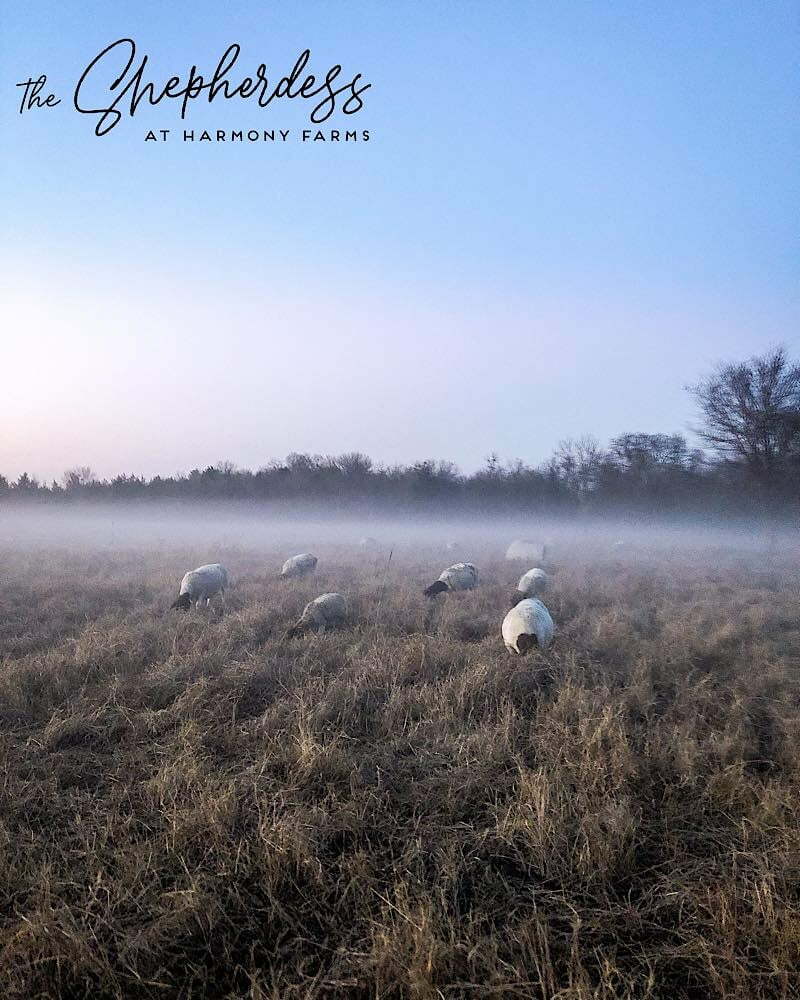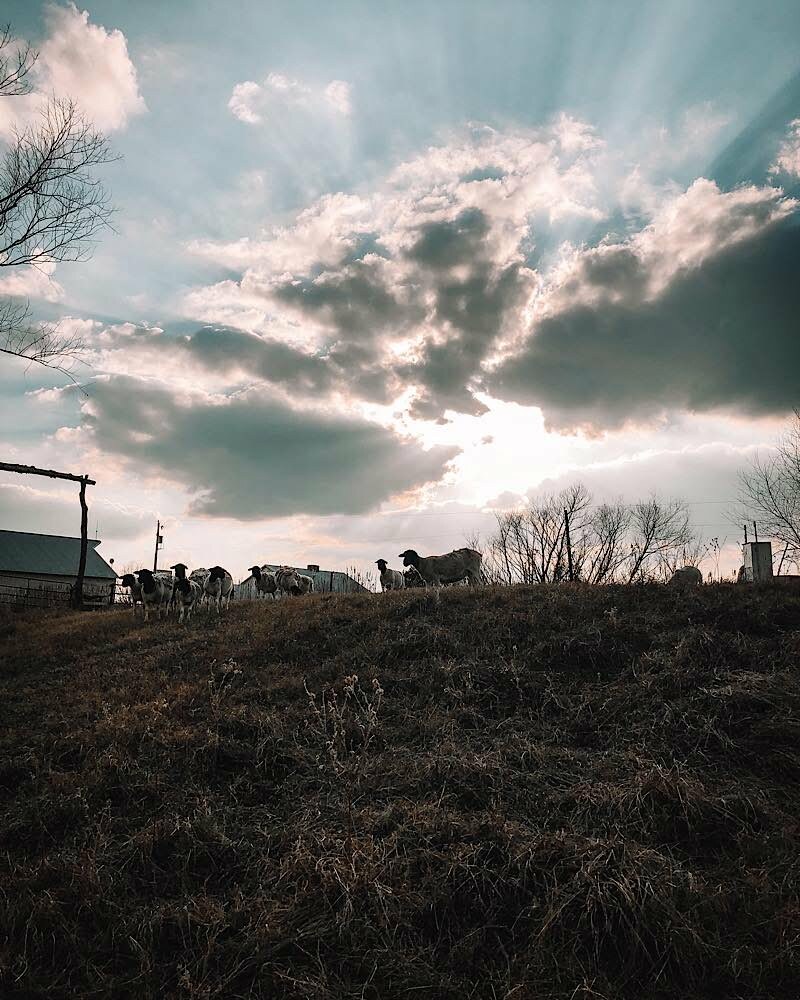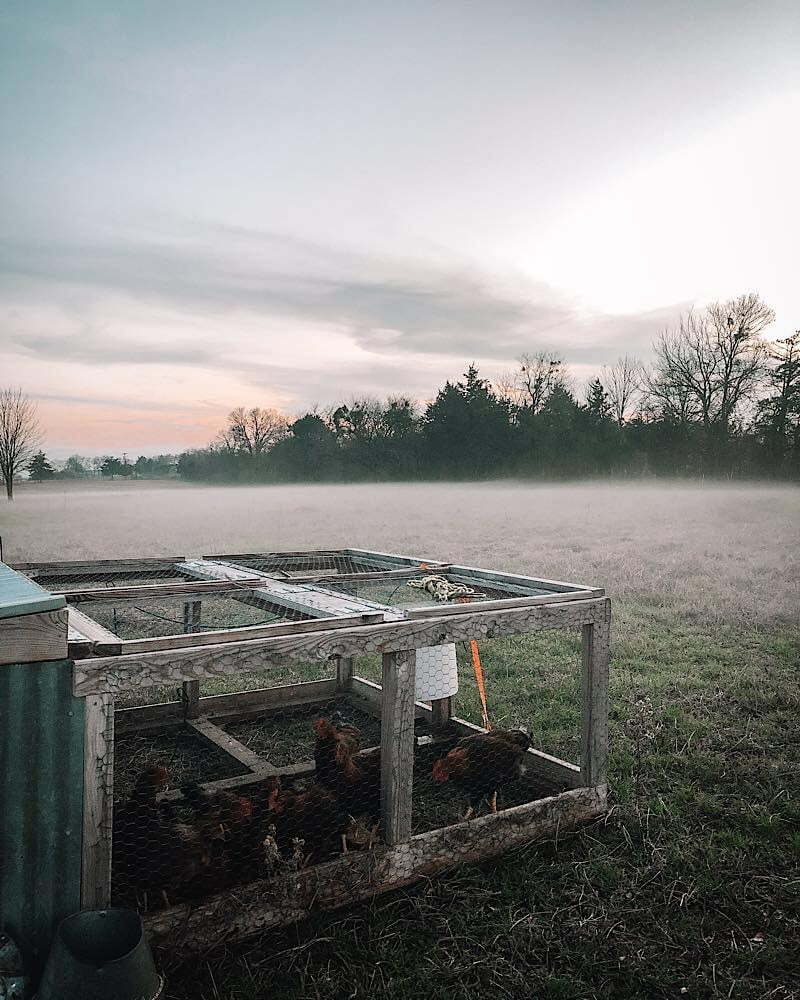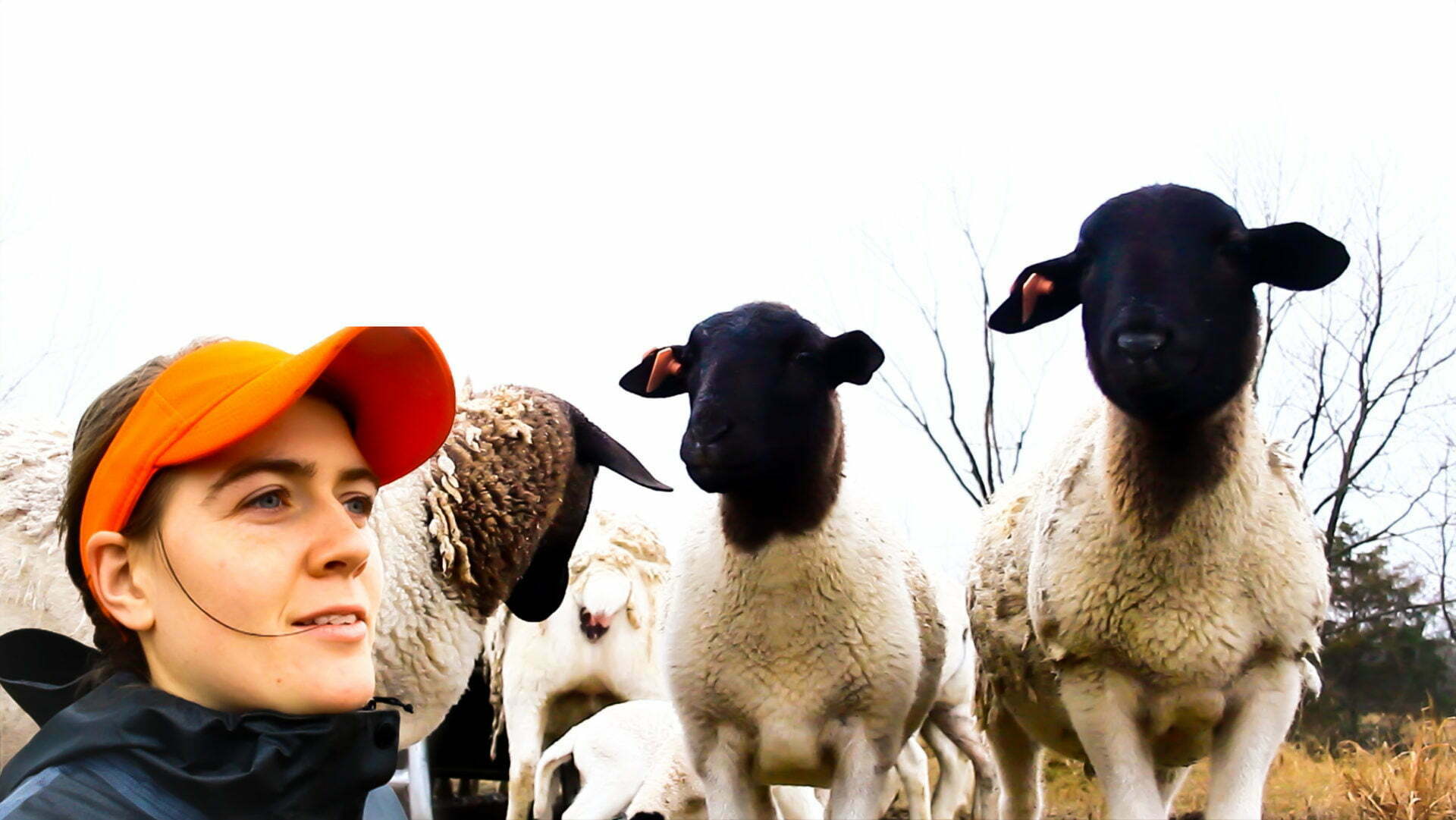The hearing began at 1:30 p.m., and the tiny courtroom seated 35 people. It was immediately filled with more than 100 people turned away at the door due to capacity.
I was ushered in with a media pass and seated in the front row, with Amos and Rebecca Miller seated just behind me in the second row. Pennsylvania Judge Thomas B. Sponaugle did not allow attendees to take notes during the hearing; only members of the media were permitted to write notes and take them out of the courtroom. Sheriff’s deputies stood at the door requiring attendees to hand in all notes taken inside the courtroom before they could exit.
A court hearing is just that: the Judge sets and hears both sides as each side brings a set of witnesses and testimonies that they hope will persuade the judge to rule in their favor. A hearing is not a trial, and there is no jury.
The PDA (which will henceforth be abbreviated as the PDA) entered the courtroom with evidence and witnesses they hoped would persuade the judge to uphold the emergency injunction they placed on Miller’s Organic Farms. An injunction that restricted Miller Organic Farm from distributing any raw dairy products to its private members UNTIL Amos Miller applied for a Pennsylvania raw dairy permit.
Robert Barnes entered the courtroom with evidence and witnesses he hoped would persuade the judge to revoke the emergency injunction until Miller had a proper trial. The evidence Robert Barnes presented was on two fronts. That (#1) by obtaining a raw dairy permit, Miller would actually be restricted in his rights.
And this is because the Pennsylvania raw dairy permit only allows for the sale of three products: raw milk, raw yogurt, and hard cheese that has been aged for 60 days or more.
By obtaining a permit, Miller would be immediately restricted from offering his private members his cream, butter, soft cheeses, kefir, raw colostrum, and more.
Judge Thomas B. Sponaugle entered the courtroom and immediately made the statement that he had read the 330+ affidavits filed by Miller’s Attorney as well as Letters from the public. He cited that he had great respect for what people believed, but that it was his job to interpret and uphold the law, not to redefine or change it.
Judge Sponaugle opened the hearing by asking Robert Barnes if Miller had filed for a raw dairy permit. To which Barnes responded, “No, your honor, applying for such a permit would restrict my client’s rights.”
At that point, the hearing began, and the Pennsylvania Department of Agriculture called its witnesses to the stand.
PDA WITNESS #1: Nicole Martz, the Woman who Led the January 4th search on Miller’s farm, Chief of food Safety at the Pennsylvania Department of Agriculture. While at Miller’s Organic Farm, Martz collected 33 samples of various raw dairy products, several dozen photos of Amos Miller’s farm and farm facilities, and gathered enough information to construct a complete diagram of Miller’s Organic Farm Facilities, which was presented in court.
Nicole Martz cited that she observed on-site un-inspected milk tankers, employees bottling milk without gloves, a stirring spoon that touched the wall and the floor, boots with organic material on them; goat milk labeled for pet consumption but bottled as is consistent with human consumption, and more.
After Nicole Martz offered testimony, Robert Barnes began asking her the following questions:
Barnes: Has anyone complained to the state regarding being harmed by Amos Miller’s food?
Martz: No.
Has any of Amos Miller’s food ever been recalled?
Martz: No.
Barnes: Was Miller excluded from the facility while the search warrant was being executed?
Martz: No, Amos Miller was not excluded; he was simply not cooperating. Media was excluded.
Barnes Asked: Did you tell Miller he was authorized to come in and observe the search warrant?
Martz Responded: No.
Sheri Morris is called to the witness stand (assistant director at the Bureau of Food Safety):
The second witness called to the stand was Sheri Morris, the woman responsible for signing the affidavit of probable cause which enabled the search warrant to be performed on Miller Organic Farm. Sheri Morris has been with the PDA for 25 years and is assistant director at the Bureau of Food Safety. Sheri Morris cited that the job of the Pennsylvania Department of Agriculture was to regulate all food in the commonwealth, besides that which is regulated by the FDA. Sheri Morris said the scope of the PDA’s regulation includes the regulation of food sold at private buying clubs like Sam’s Club and regulating snack bars at private member-only clubs and golf courses.
The probable cause that Sheri Morris cited as grounds for the search warrant of Miller’s Organic Farms was #1 a 2016 case of E. coli in Michigan that was tied to a patient who had previously been a customer of Amos Miller’s. The second case was what Sheri Morris initially said was a complaint of E. coli out of New York State, but had to correct herself on the witness stand and cite it was not a complaint but rather a report and that the patient did not want to offer any comments.
Sheri Morris oversaw the lab testing for the 33 samples that were collected from Miller’s Organic Farm. The samples were tested for: E. coli, campylobacter, Salmonella, and Listeria. Remember that 2 cases of E. coli being the basis on which the search warrant was issued.
The Lab report returned no positive E. coli, campylobacter, or Salmonella. However, traces of Listeria were found in 8 of the 33 samples.
Robert Barnes questioned Sherri Morris: (As a reminder, this is not verbatim dialogue, but paraphrase and summation from my short notes)
Barnes: Did the testing you performed on the dairy samples taken from Miller’s Organic Farms return positive for E. coli?
Sheri Morris responded: The tests did not come back positive.
Robert Barnes: Did the testing you performed on the dairy samples taken from Miller’s Organic Farms return negative for E. coli?
Sheri Morris: The tests were not positive, but they were not negative either. The results were inconclusive, but inconclusive does not mean negative.
At this point in time, the courtroom filled with a faint murmuring of laughter from the audience.
Robert Barnes asked: Did you have these test results before January 24th (Sidenote: January 24th was when the PDA officially sued Miller’s Organic Farm and put an injunction on the whole dairy operation)?
Sheri Morris responded that the test results were present. There was no positive test result for E. coli, neither were they negative; there were only inconclusive results.
Robert Barnes: Has any customer of Miller’s or any resident of Pennsylvania whatsoever filed a complaint that they were ever injured or made ill by Miller’s food?
Sherri Morris: No.
There were two more witnesses for the PDA; they generally followed the same course. Barnes concluded his questioning of every witness from the PDA with the same question: Has any customer of Miller’s or any resident of Pennsylvania ever filed a complaint that they were injured or made ill by Miller’s food? Every time the answer was no.
After the PDA witnesses were finished, it was Barnes’s turn to bring forward his witnesses on Miller’s behalf.
Barnes brought around 10 witnesses forward. A majority of them were customers of Millers who testified to the health benefits and safety of his foods. Some testified to the remission of autistic tendencies in their children as they began consuming Miller’s Raw Dairy products, others testified to the ability to wean off of pharmaceuticals after consuming Miller’s Raw Colostrum and fermented food. Some testified that since they had been without Miller’s products for a month (due to the emergency injunction placed by the PDA), they have had to revert to the use of conventional pharmaceuticals to manage health problems.
But one of the expert witnesses brought forth in Miller’s defense was Margaret Coleman, a medical microbiologist who formerly worked with the USDA. Coleman is currently a bacteriologist and an expert in risk analysis for public health.
Margaret Coleman independently reviewed the PDA’s lab results on the samples collected from Miller’s farm.
Pay very close attention to this next portion.
Eight of the 33 samples from Miller’s organic farm contained Listeria according to the PDA’s lab reports. However, Bacteriologist Margaret Coleman brought something to light with respect to the nature of Listeria. She cited that when it comes to Listeria, it is the quantity of micro-organisms that typically leads to infection, not the presence of the bacteria alone. Coleman cited that according to a USDA study in 2003, typically no illness results until 10,000 listeria organisms are present, with Canada citing up to a 100,000 micro-organism limit.
Barnes asked Coleman: How many Listeria micro-organisms were cited on the Lab reports from samples obtained from Miller Organic farms?
The PDA Attorney immediately shouted, “OBJECTION, no evidence present.”
Barnes responded: NO EVIDENCE PROVIDED.
At that point, the judge looked very sternly at the PDA attorney and said: “Why were these particular lab reports not provided to Miller’s legal team in advance of this hearing?”
The PDA Attorney responded that her team had prioritized collecting information for their defense and did not have the time to provide the reports to Barnes.
The judge was visibly disgusted by this.
At this point in time, it was nearing 5 p.m., and the judge began to wrap the hearing up.
He asked the question of Robert Barnes: Does holding a raw dairy permit change the health profile or decrease the benefits of Miller’s Organic raw dairy products? To which Barnes responded: “Yes, because obtaining a permit would restrict Miller from offering a majority of the raw dairy product that his private members benefit from.”
The judge seemed at this point confused that a permit would limit a dairy producer.
At which point PDA attorney interjected and explained that under a Permit Miller can only sell. Milk, yogurt, and hard cheese aged for 60+ days.
The judge then asked: cannot Miller simply obtain a permit for these three products and continue offering the other products without permit?
The PDA Attorney responded “No. With a raw dairy permit Miller would not be allowed to sell anything beside raw whole milk, yogurt, and hard cheese.”
At this point, the judge dismissed the public and privately convened with the attorneys to finish the hearing. The following day, Judge Thomas B. Sponaugle issued a ruling to uphold the injunction against Miller’s Dairy operation.
Please share this video, and I will put my 1-1 interview with Robert Barnes on screen here once it is available.
